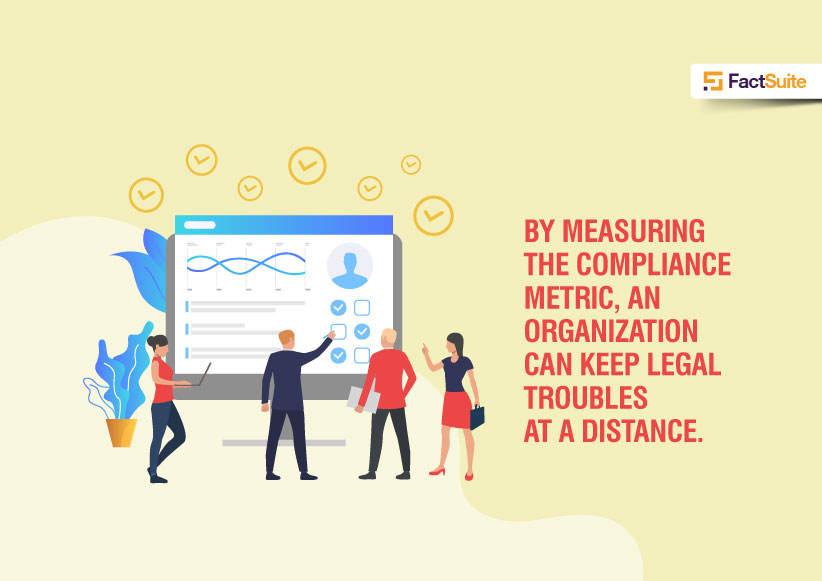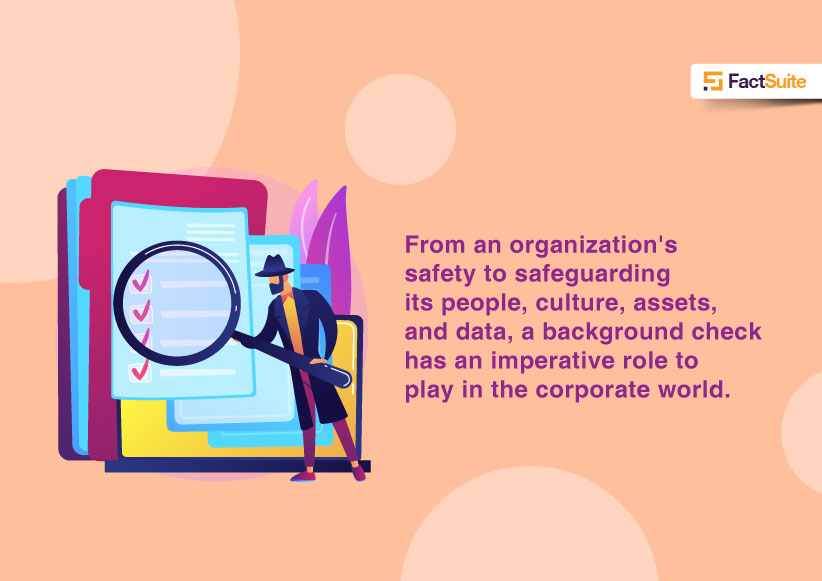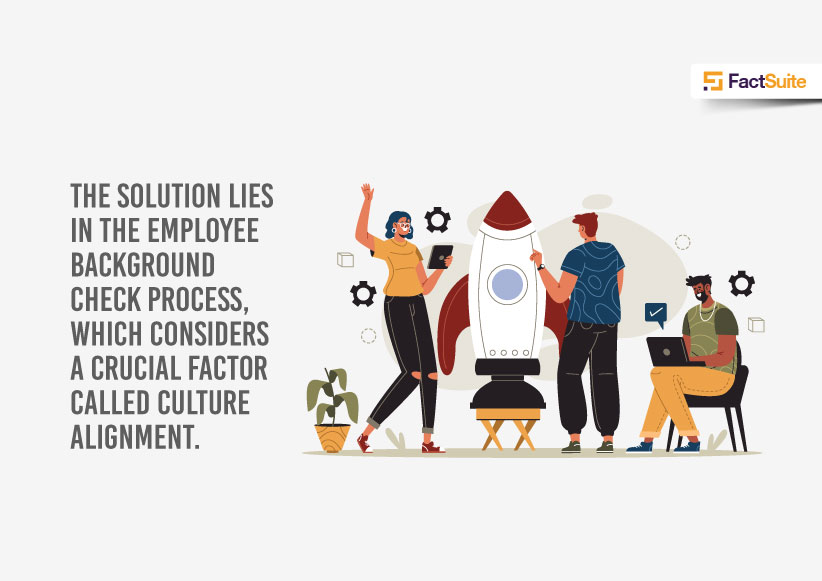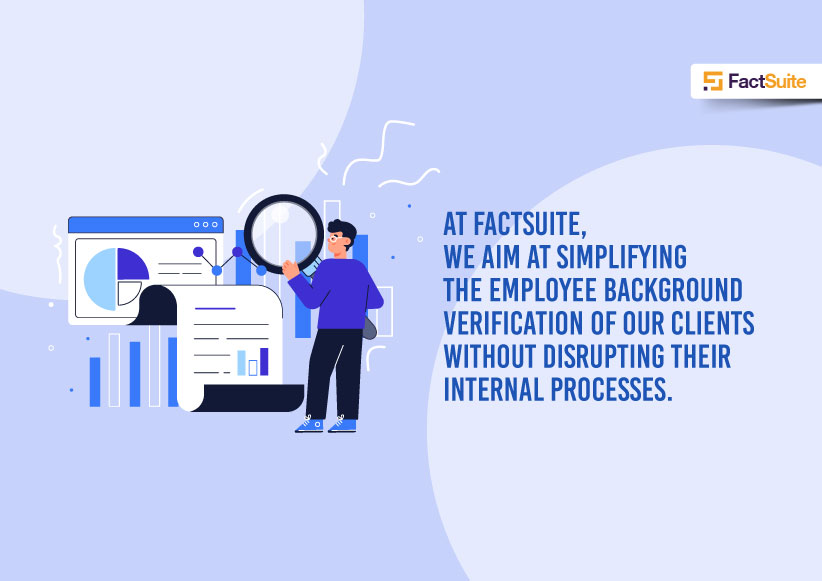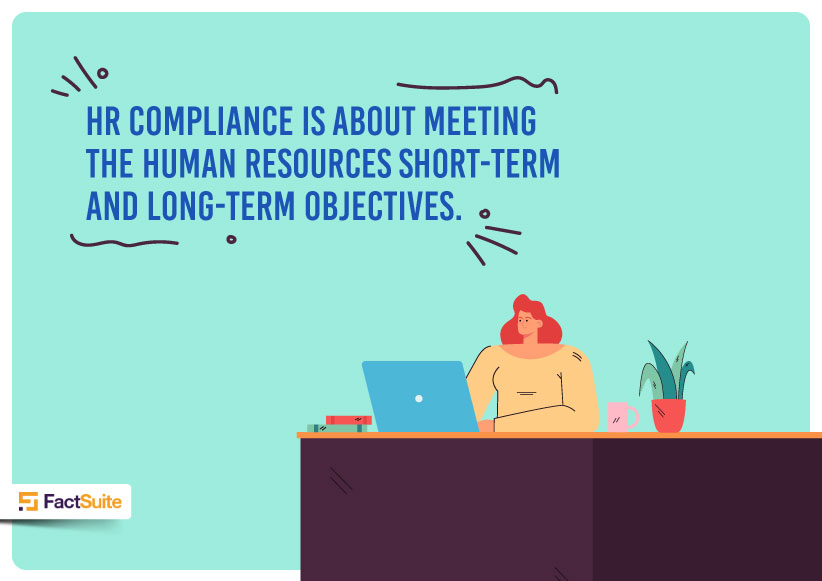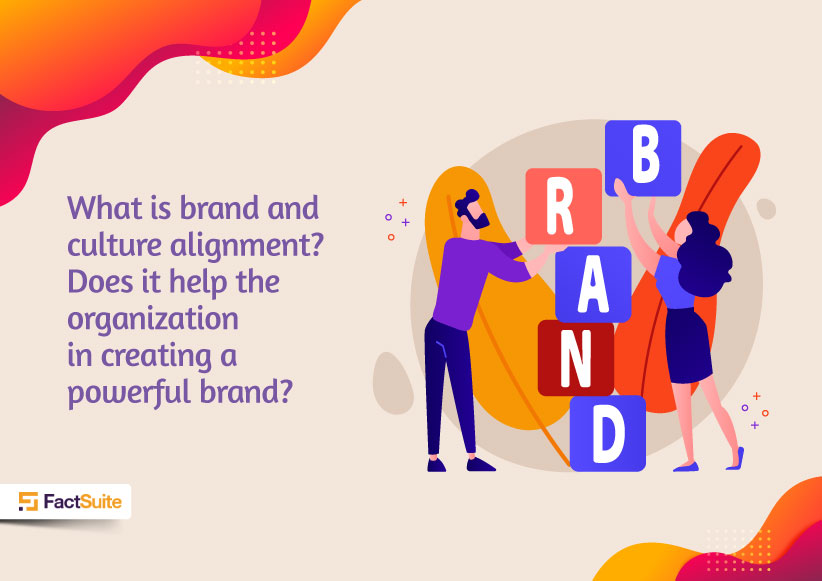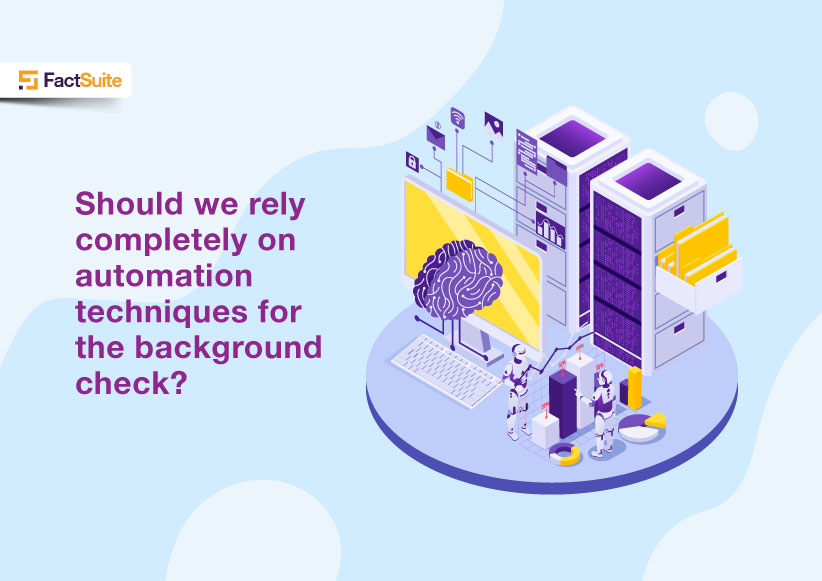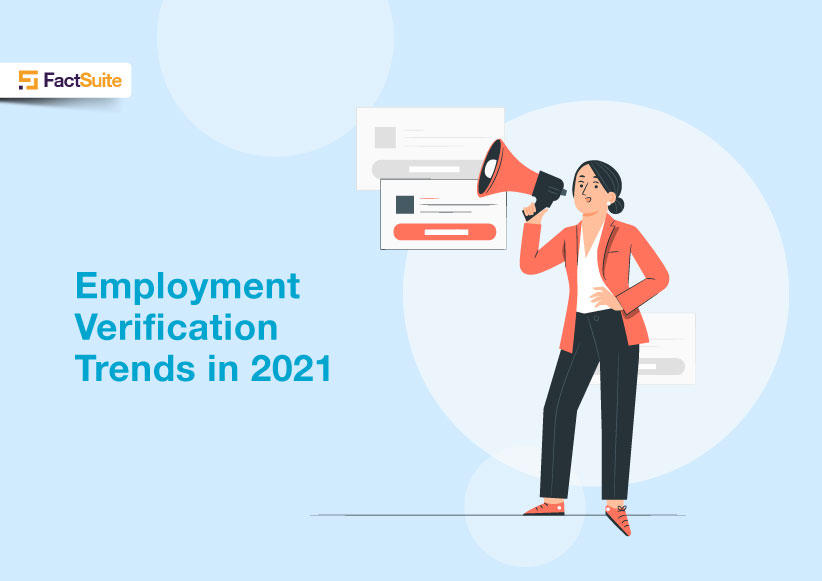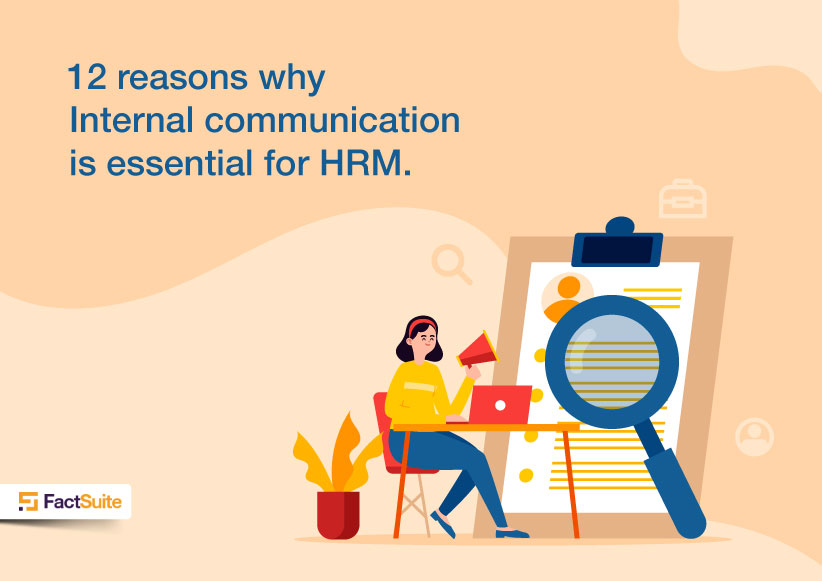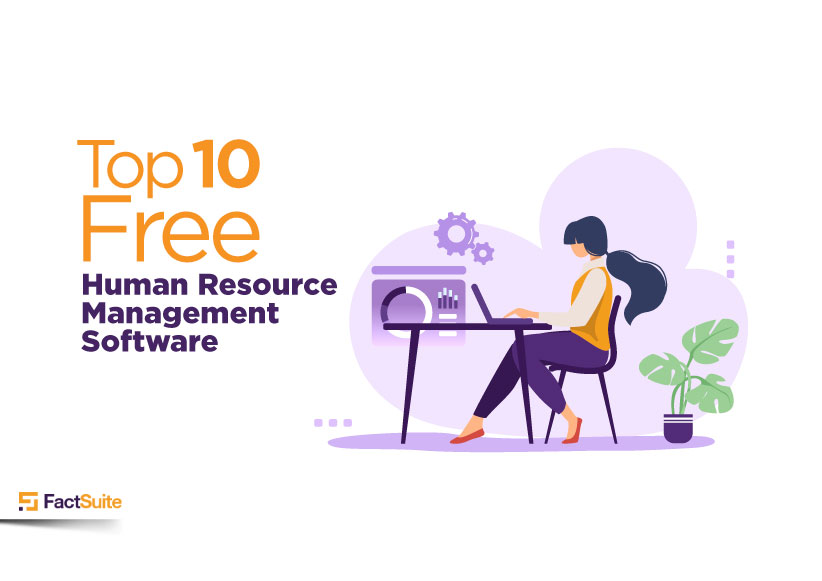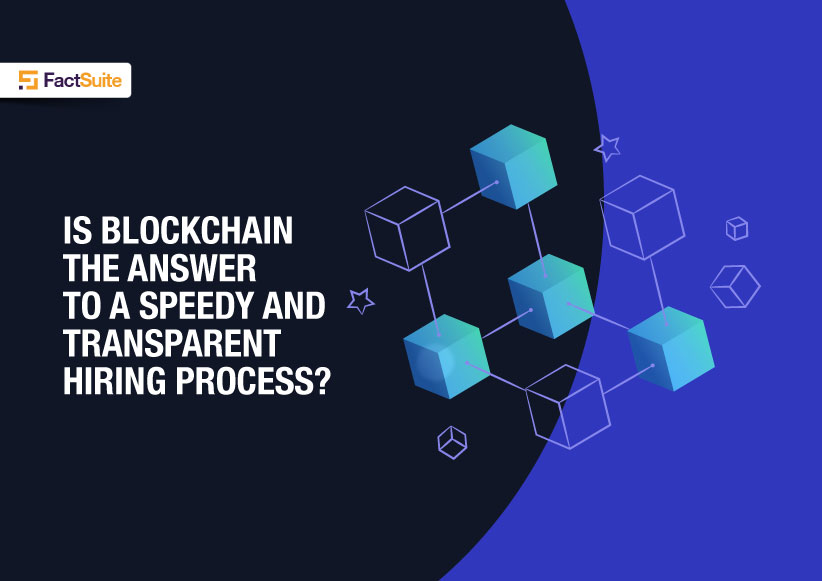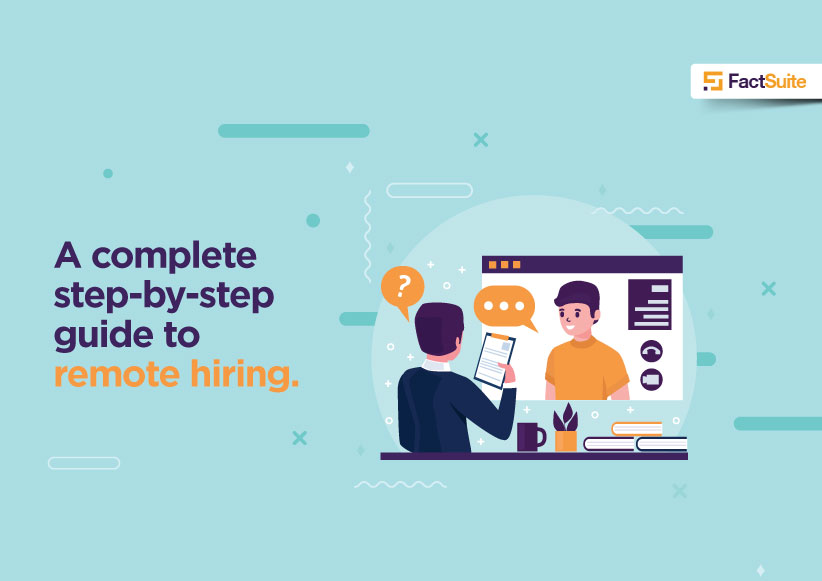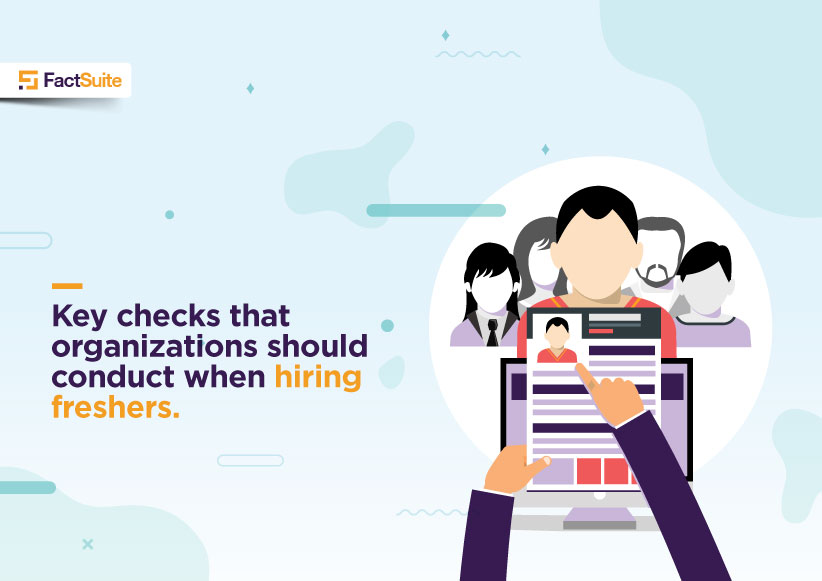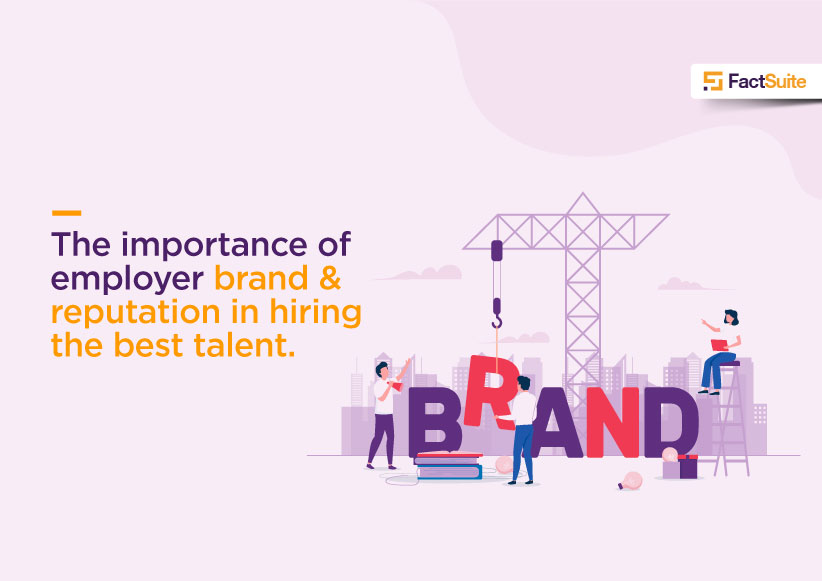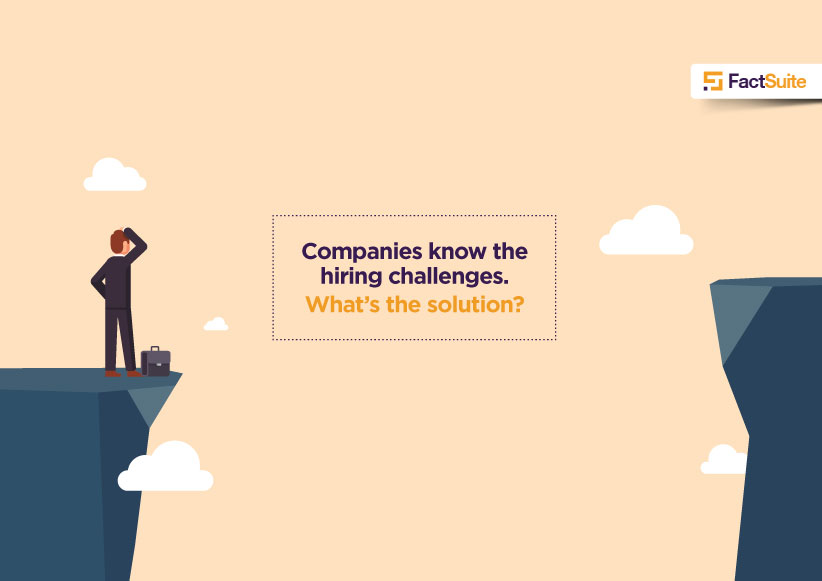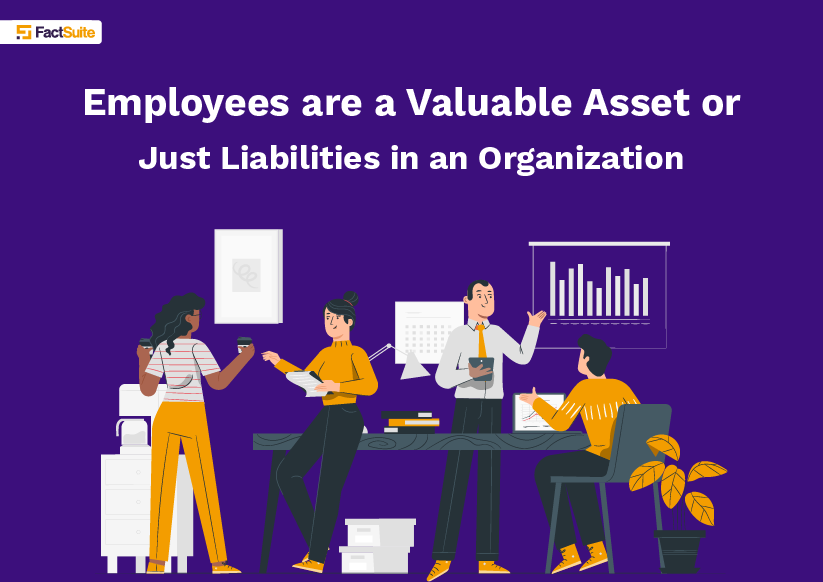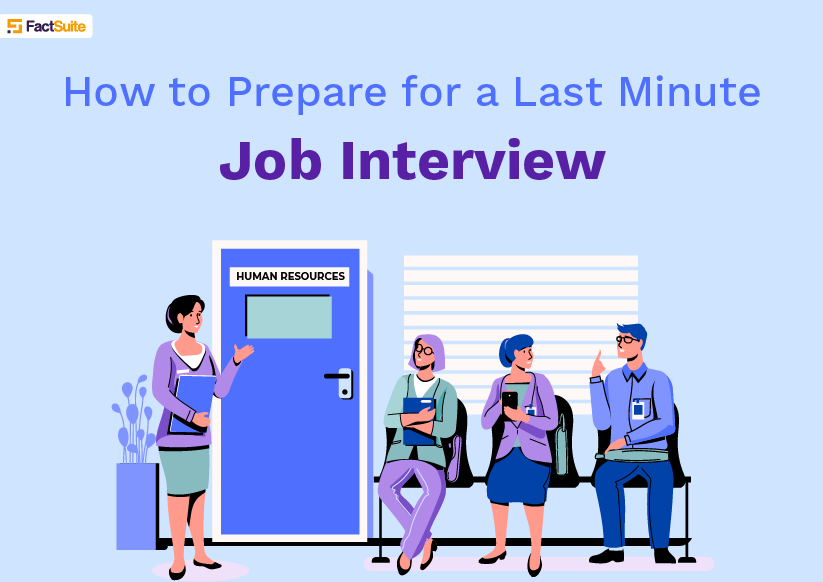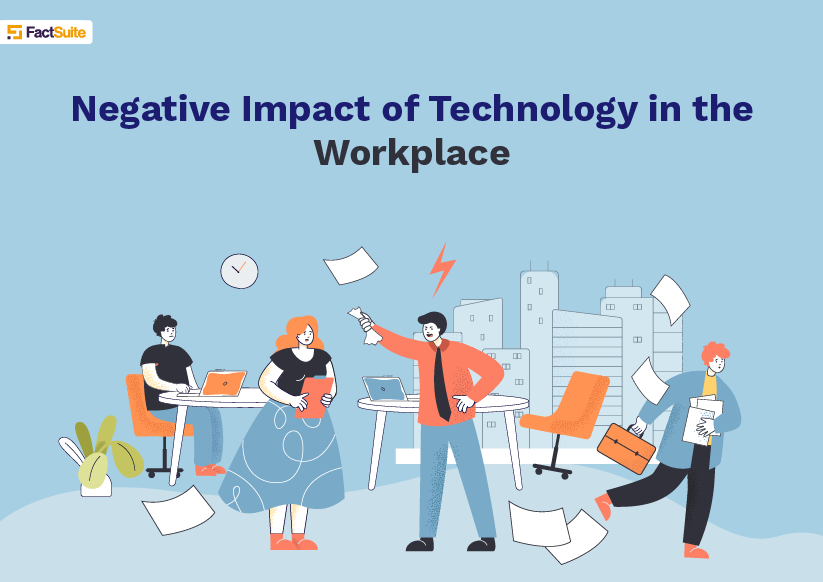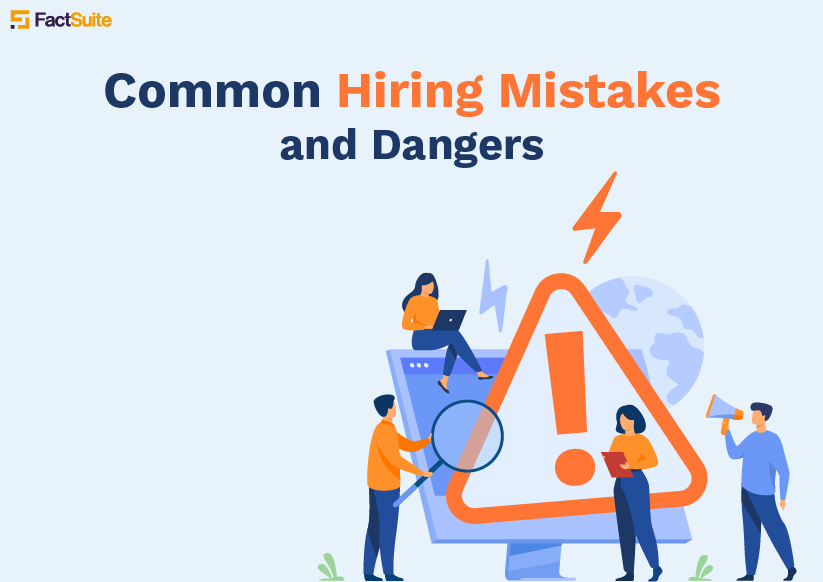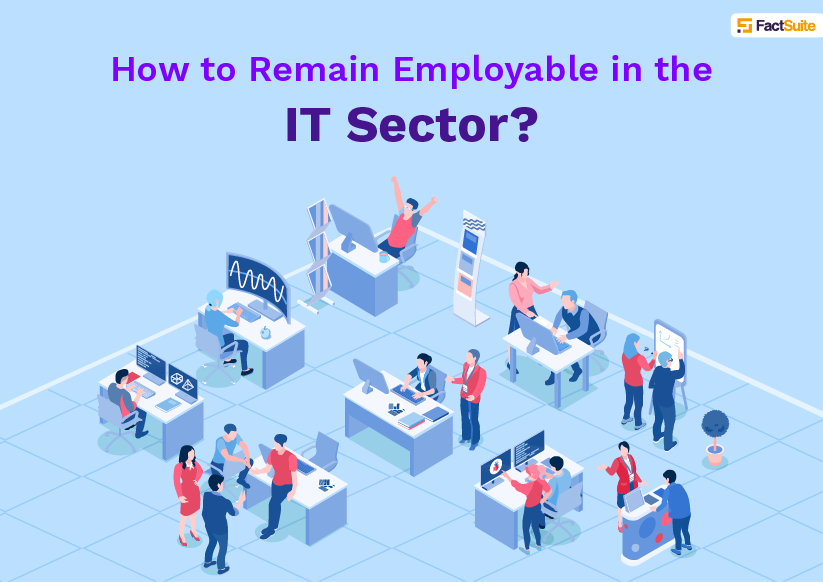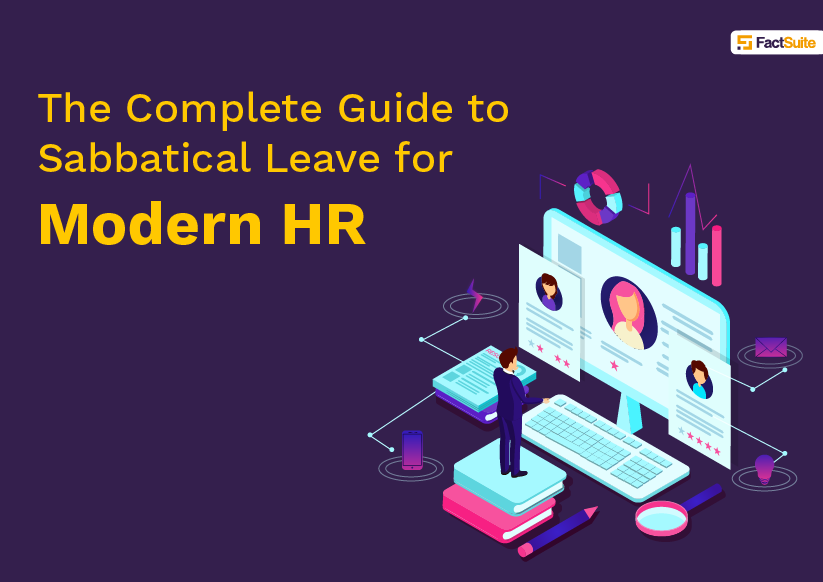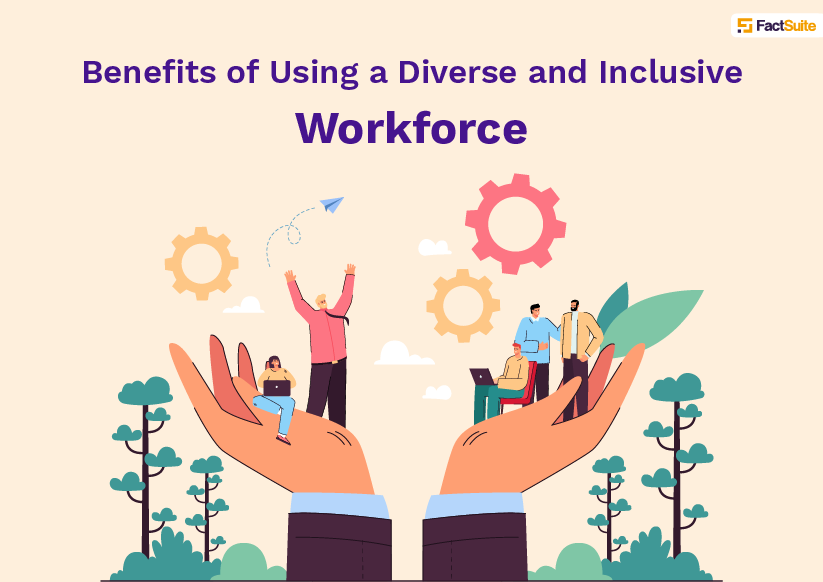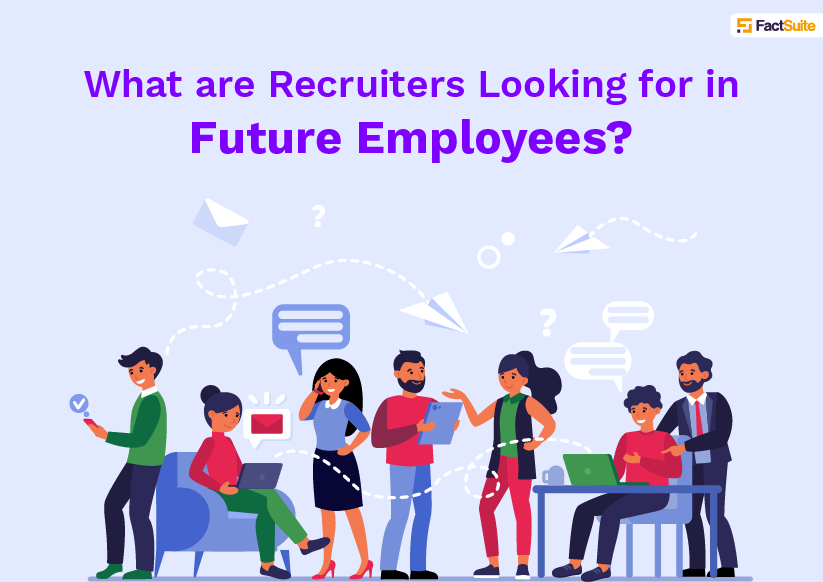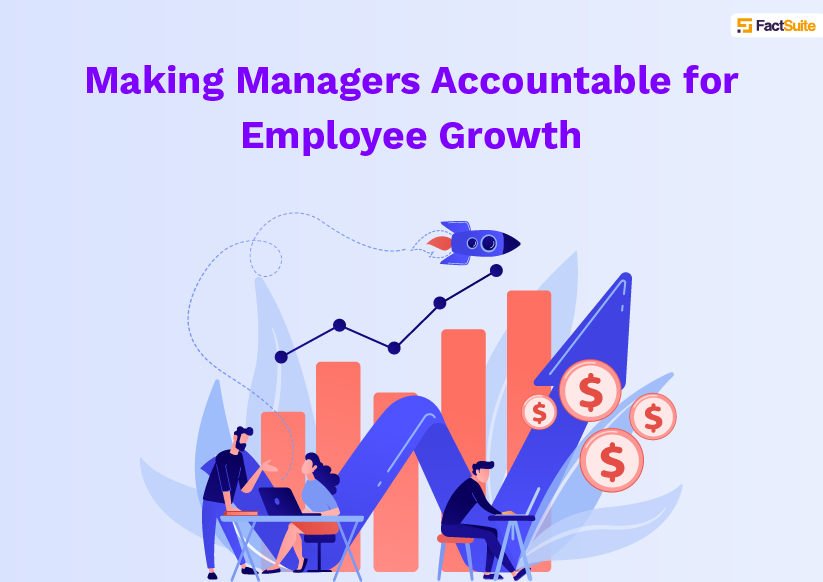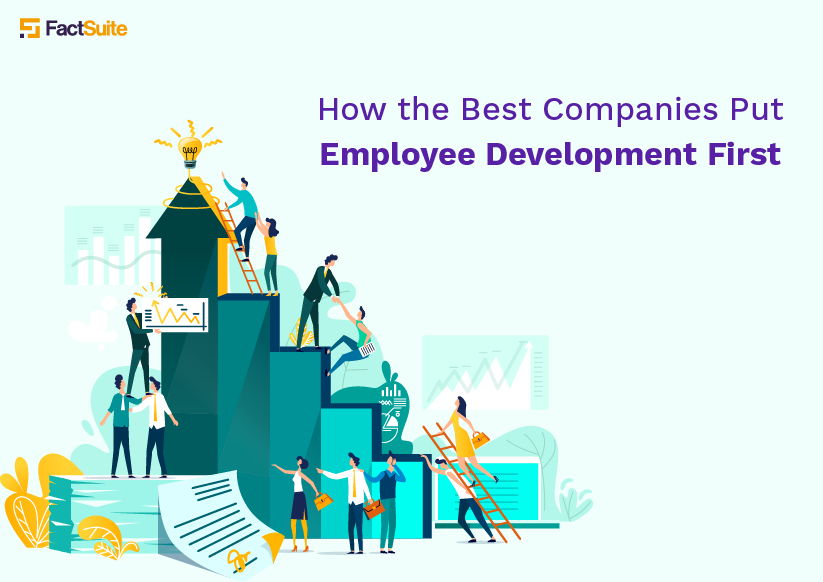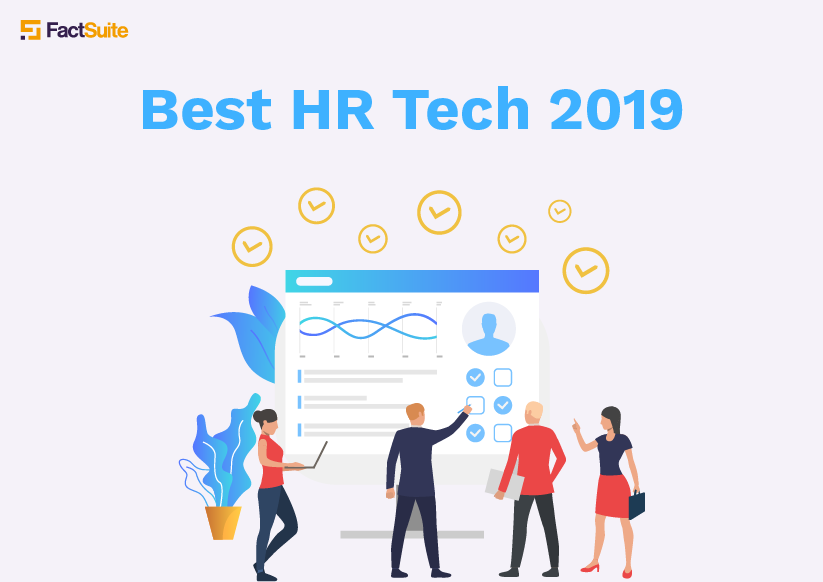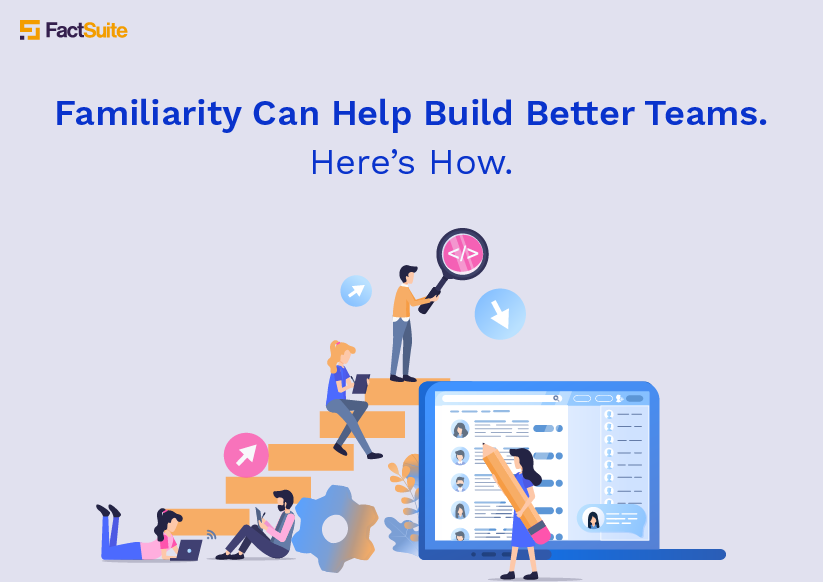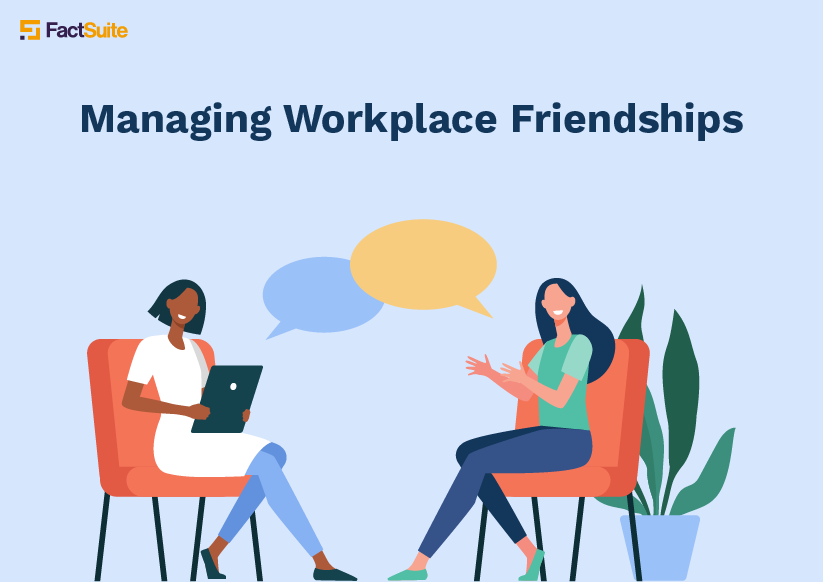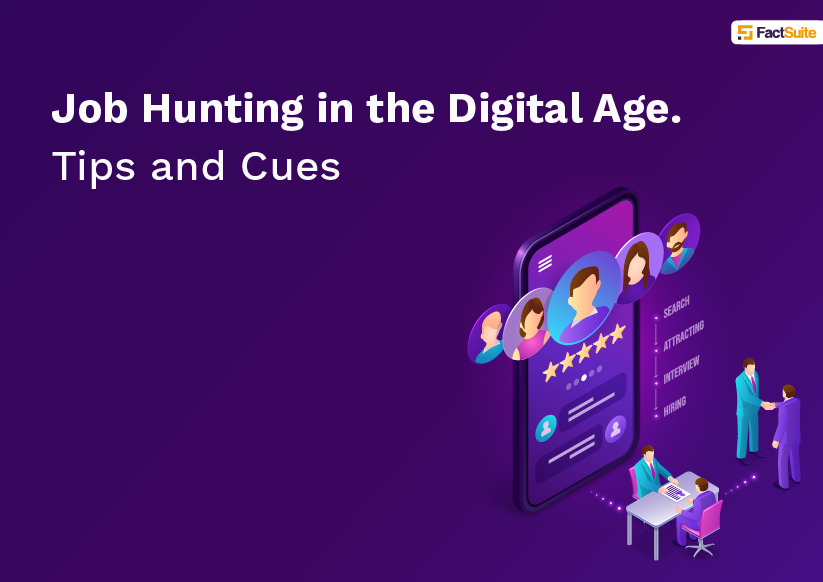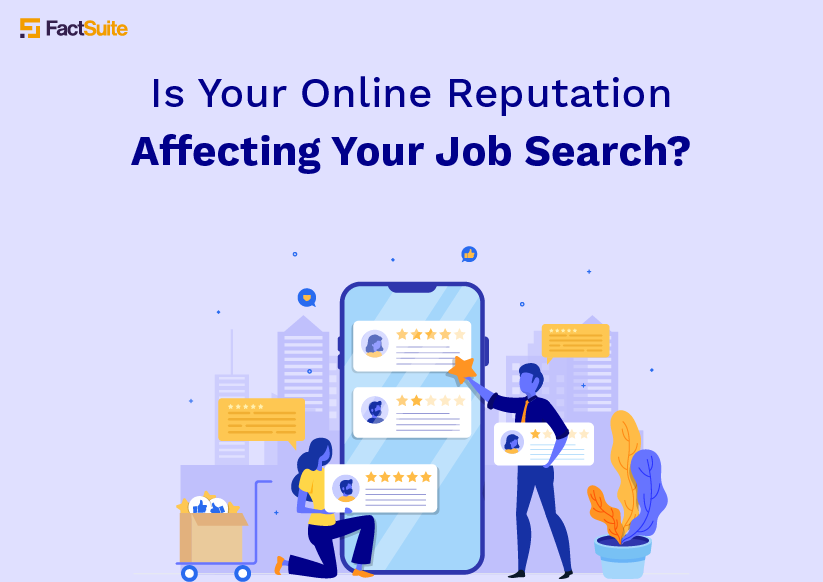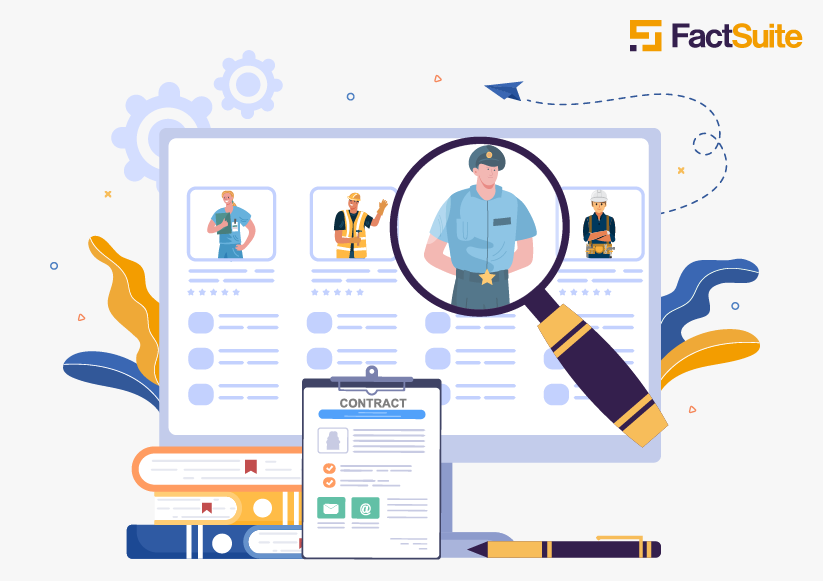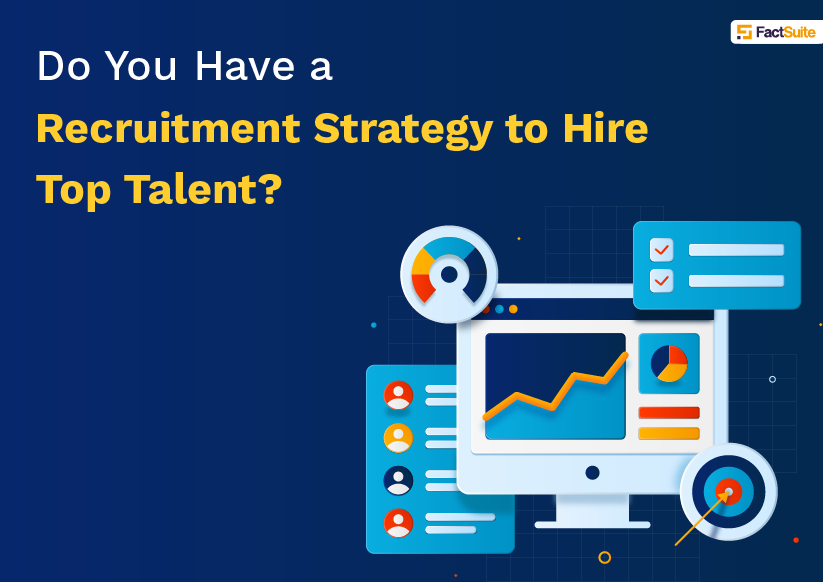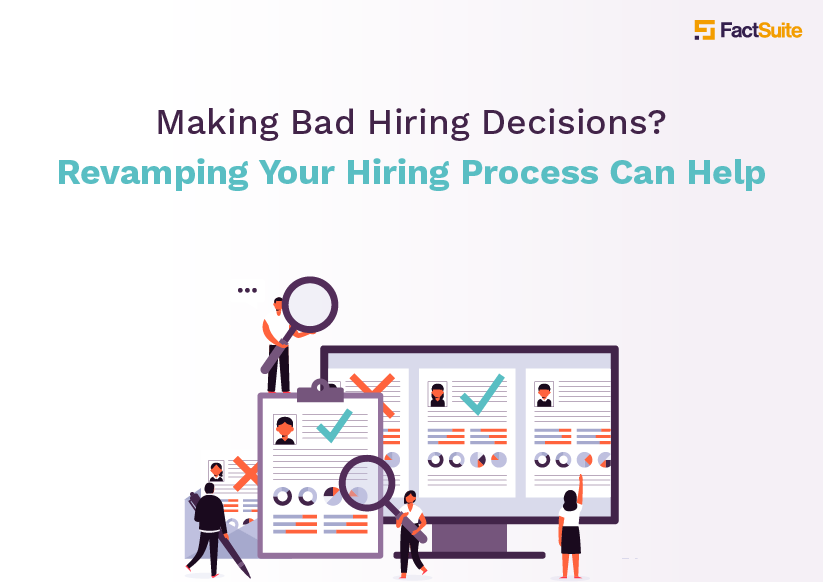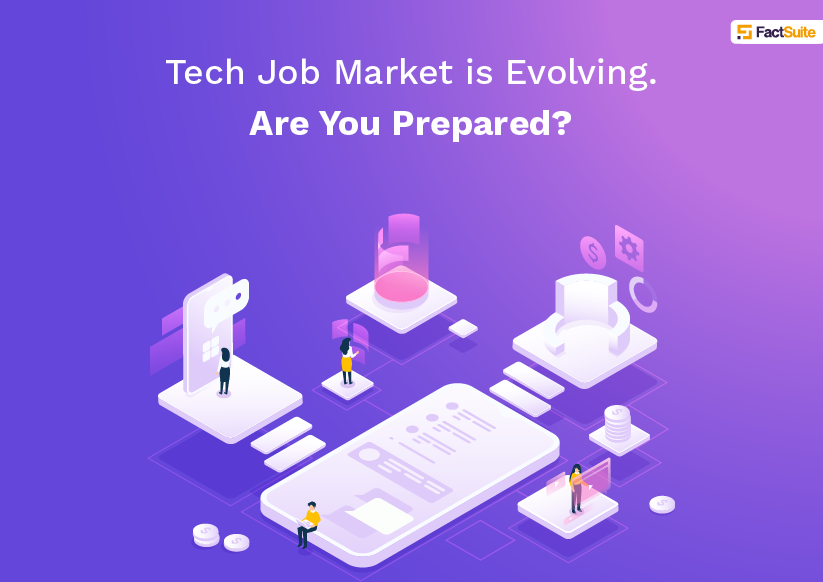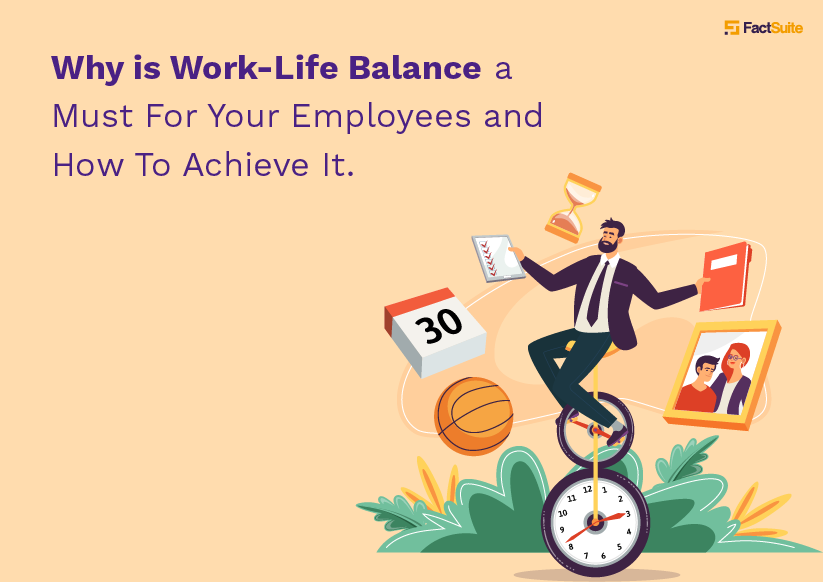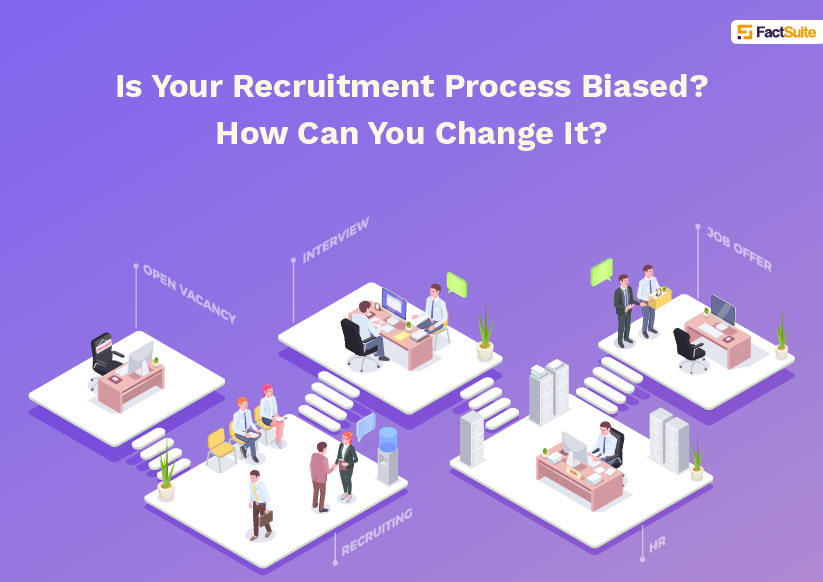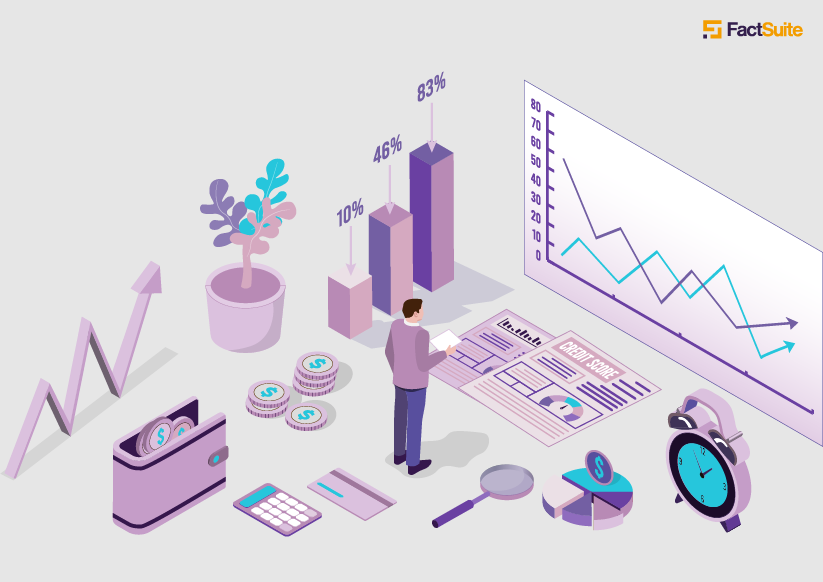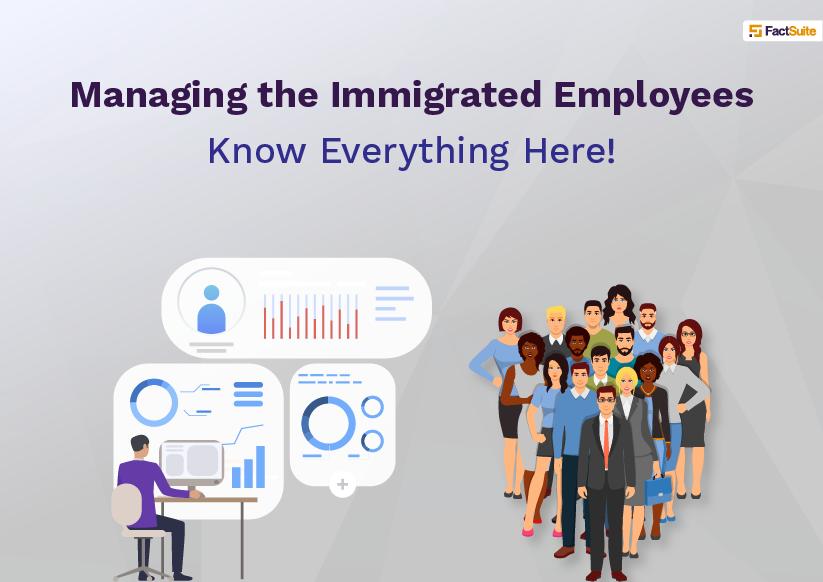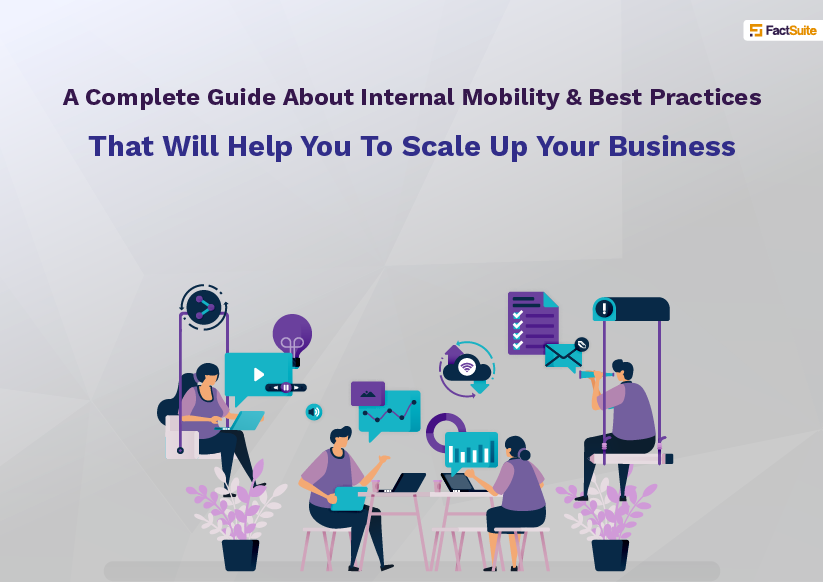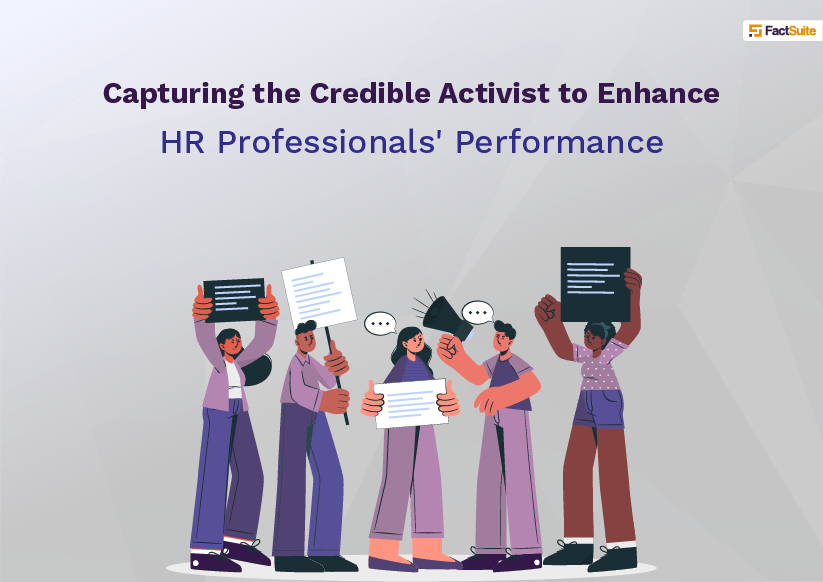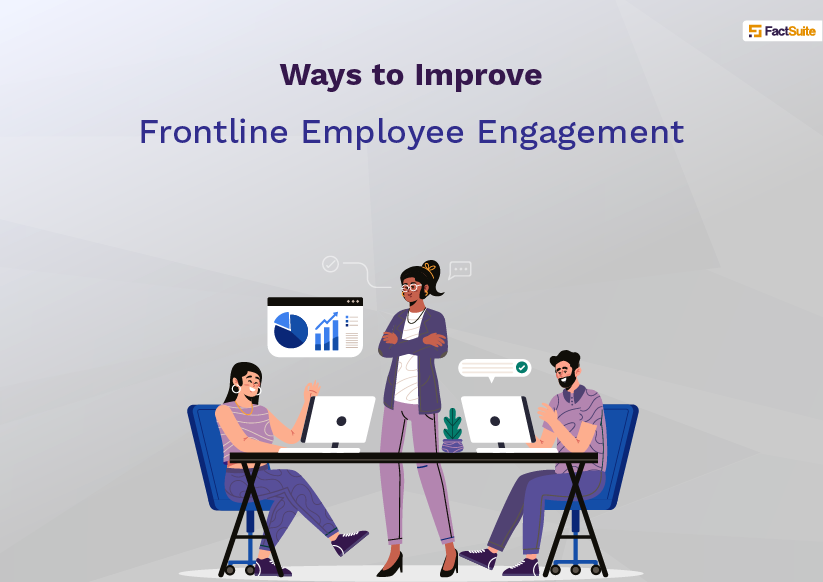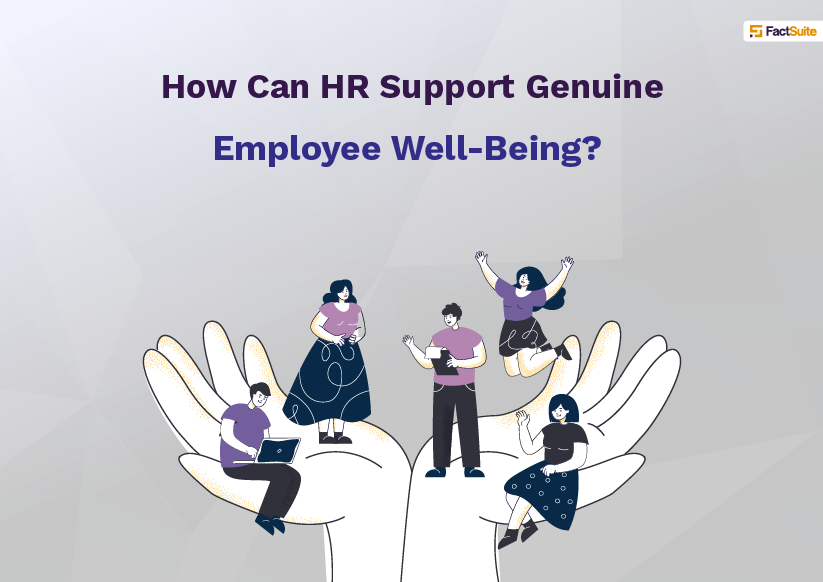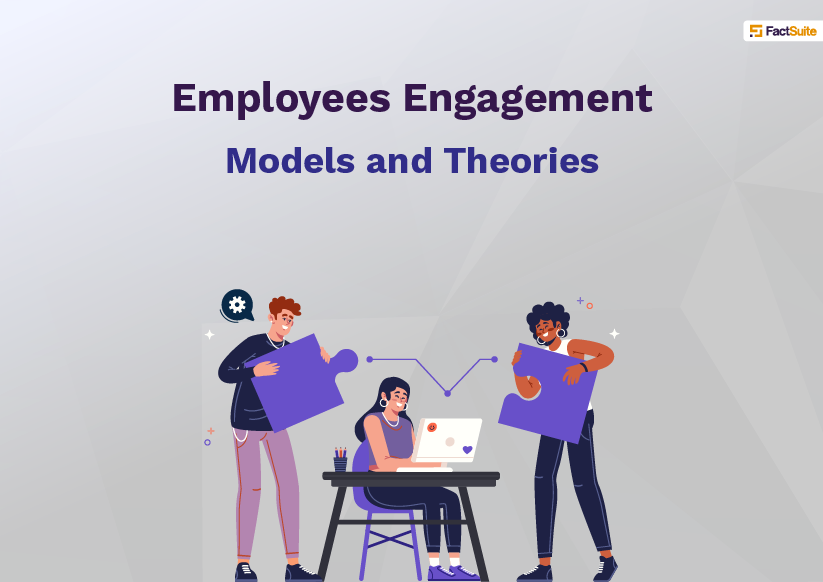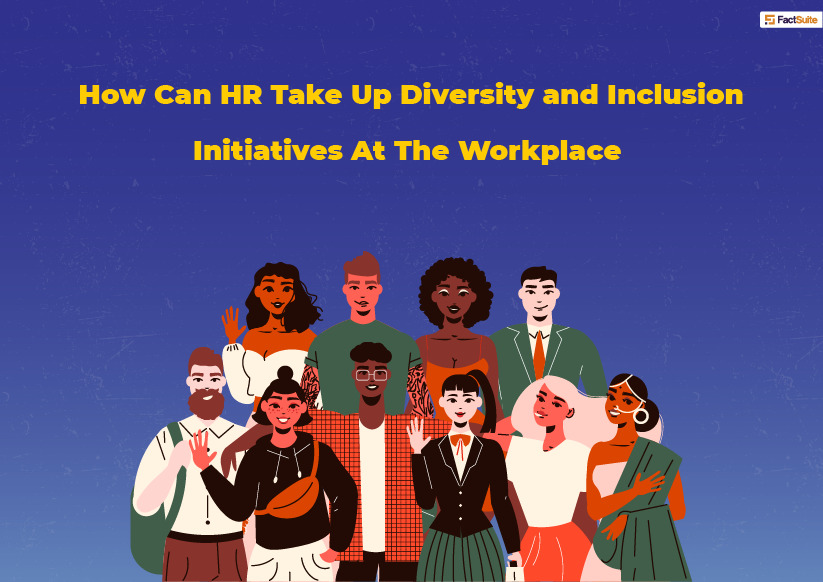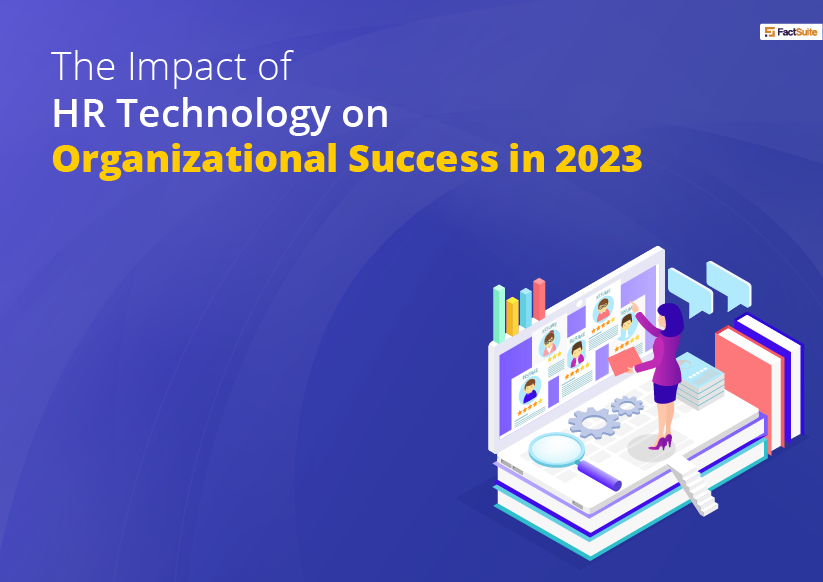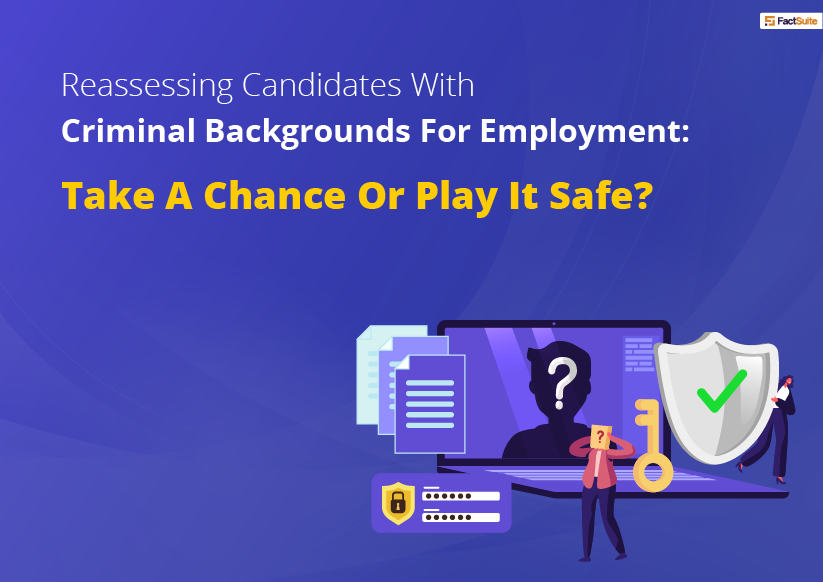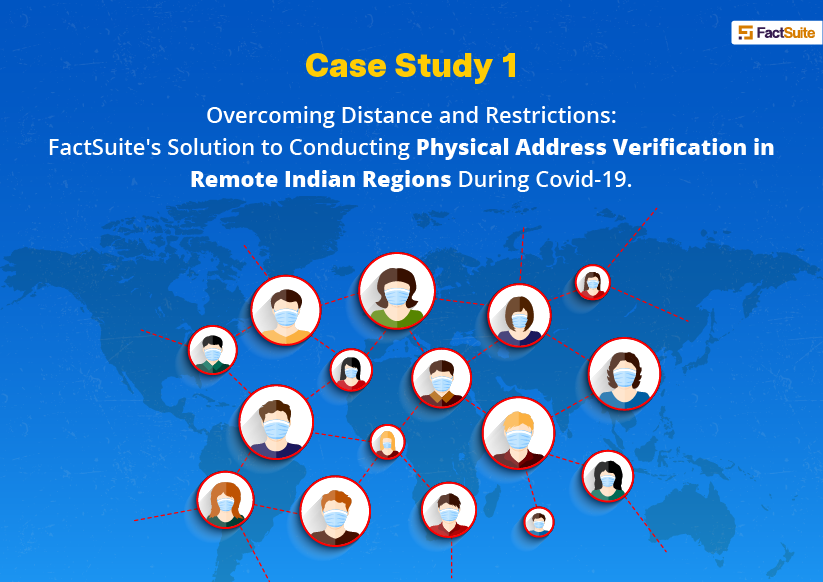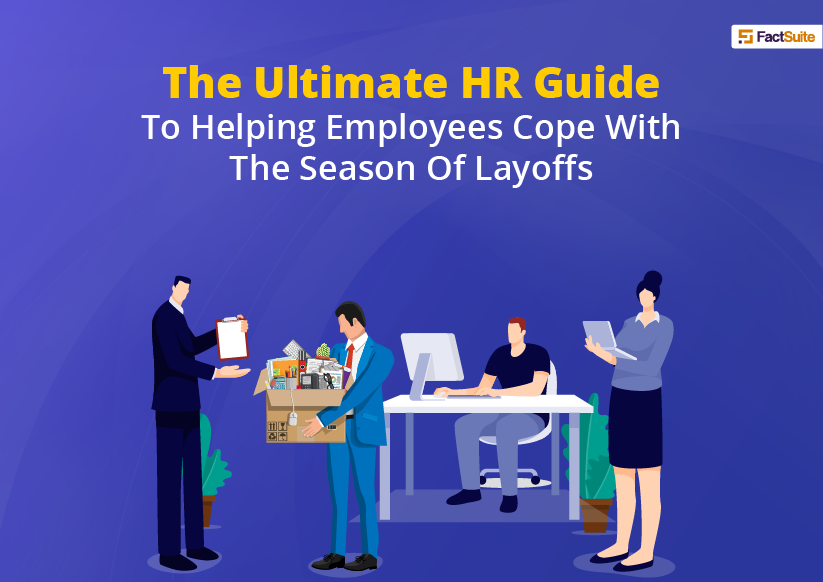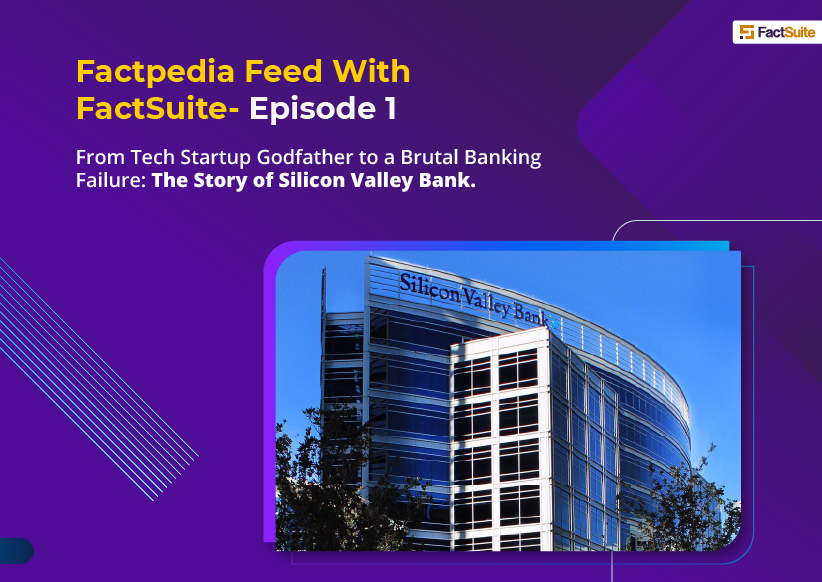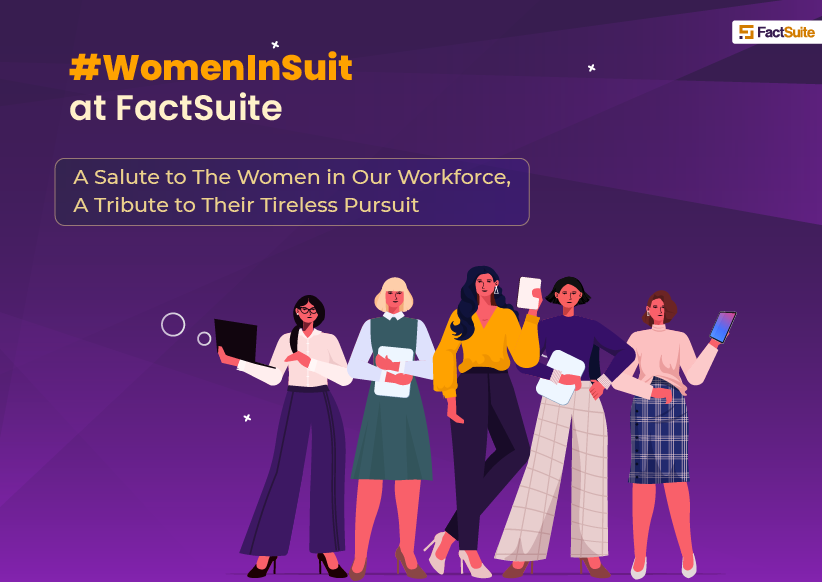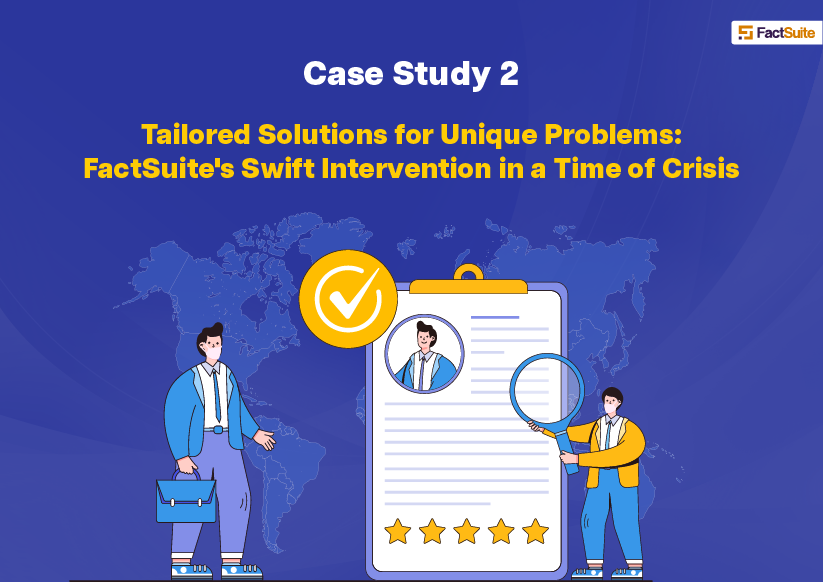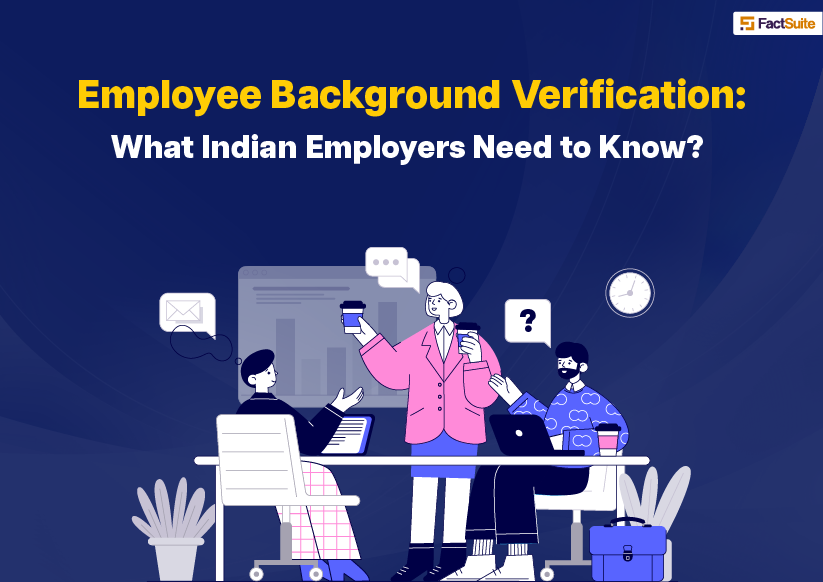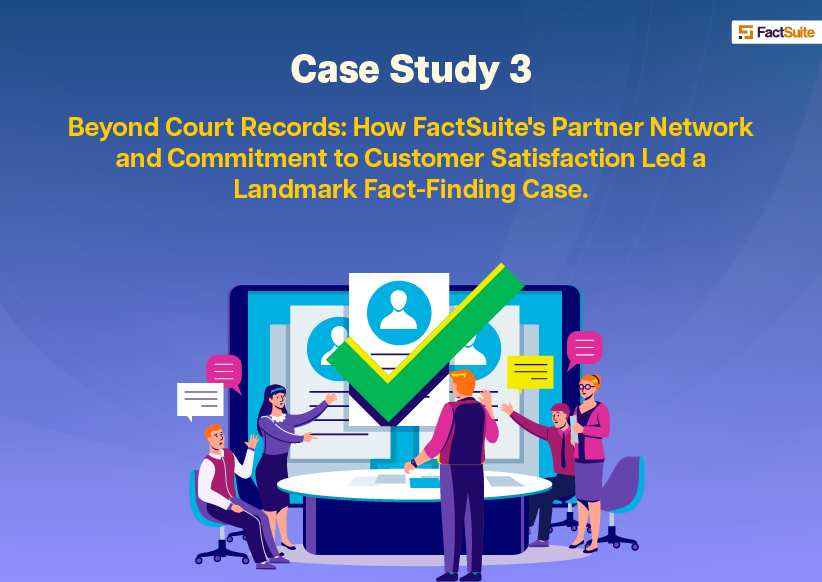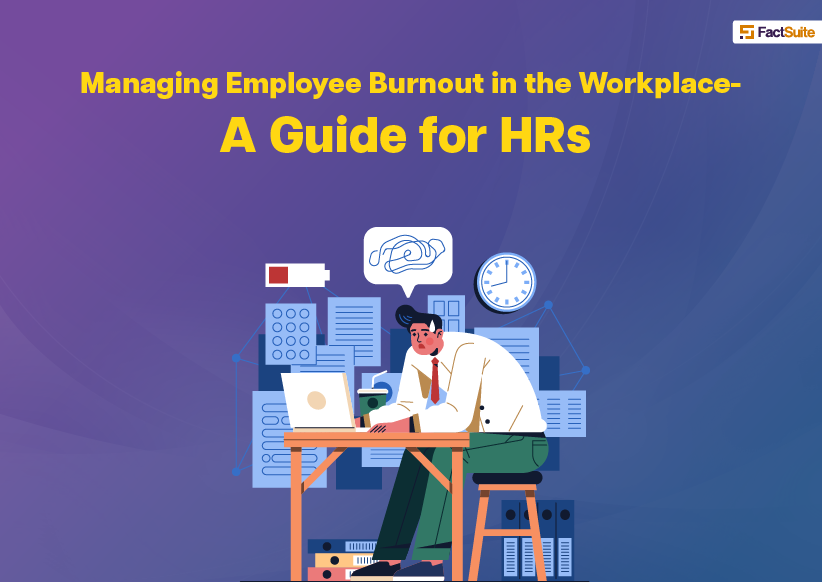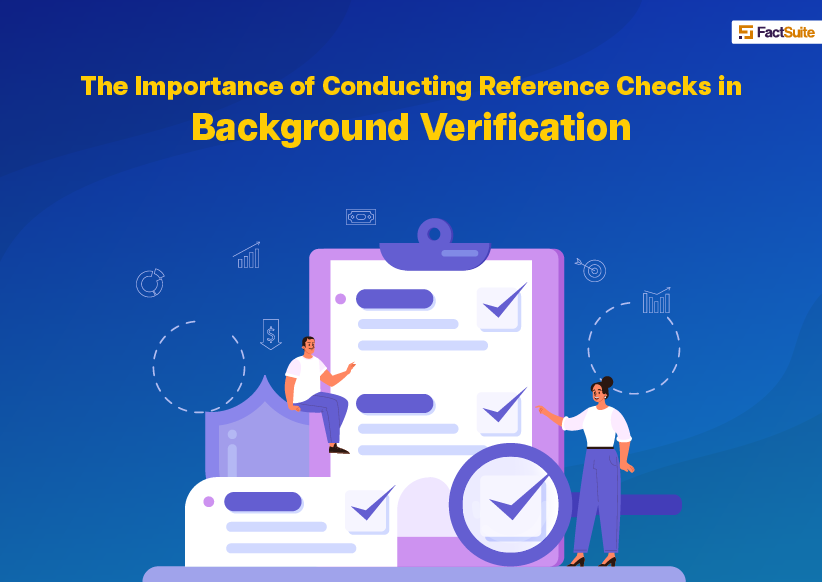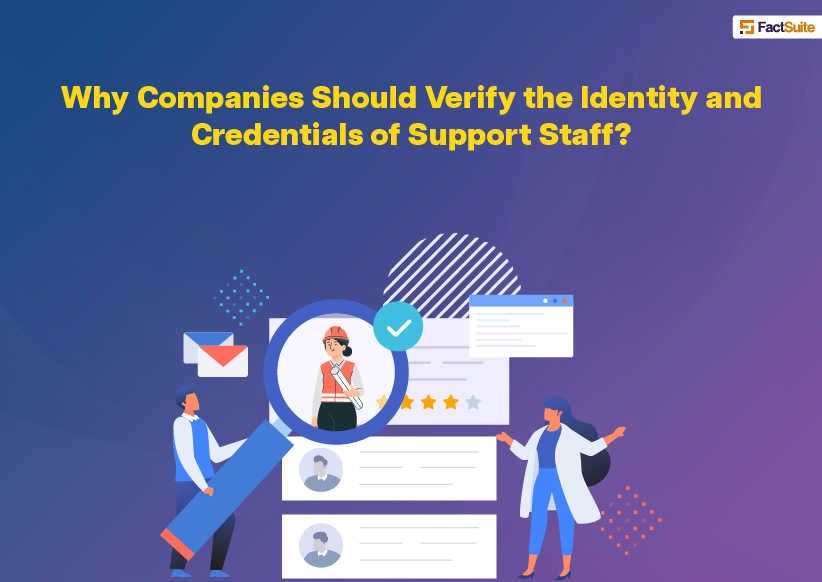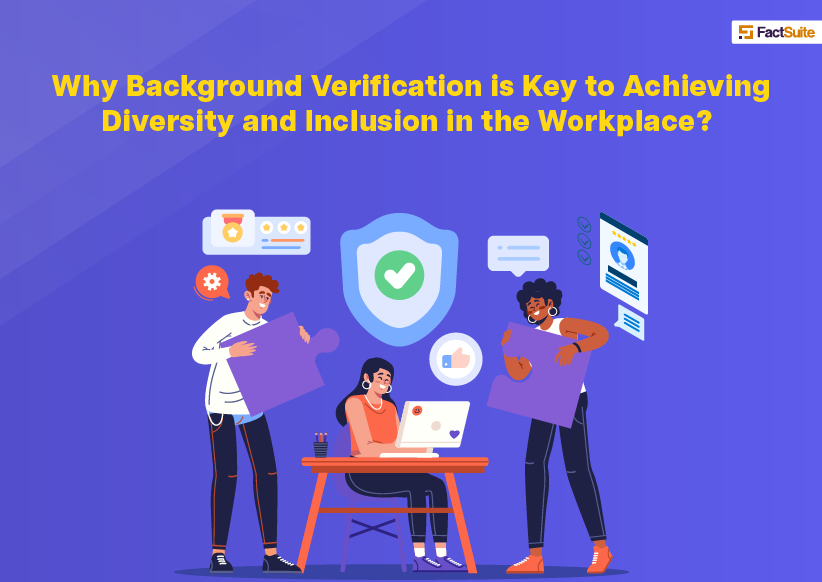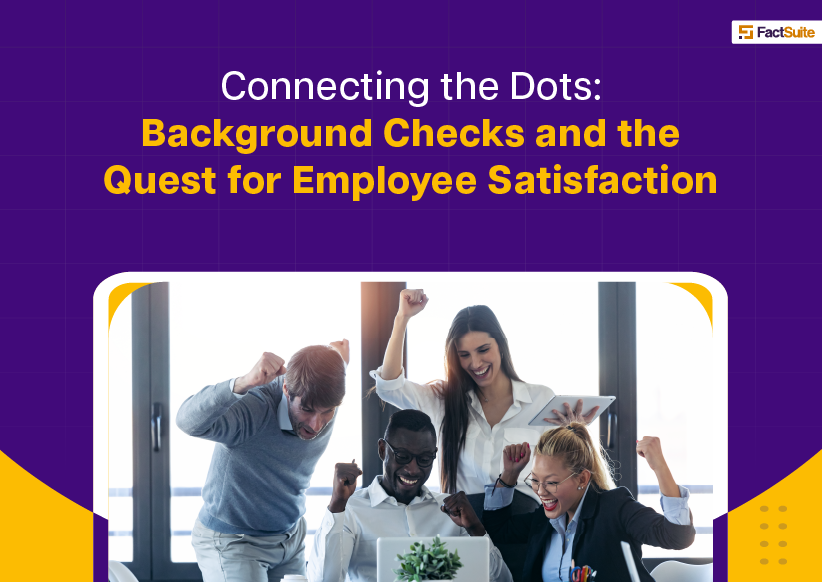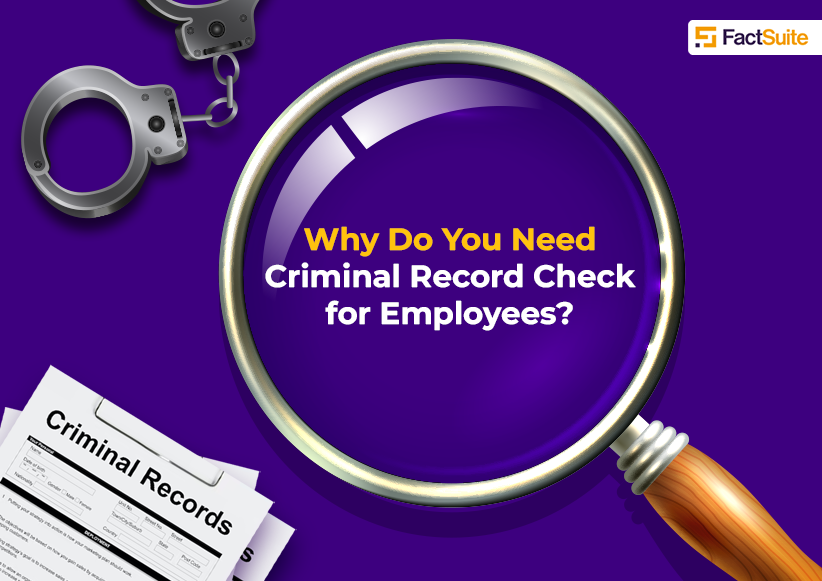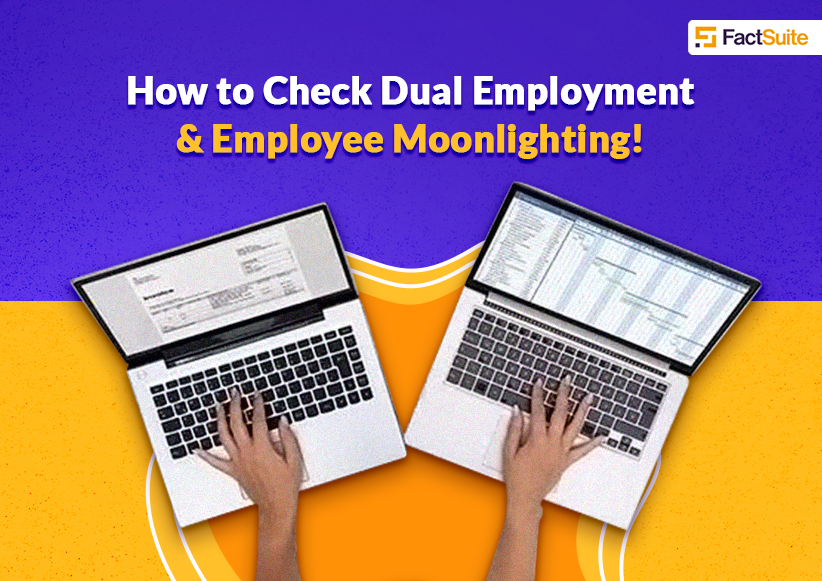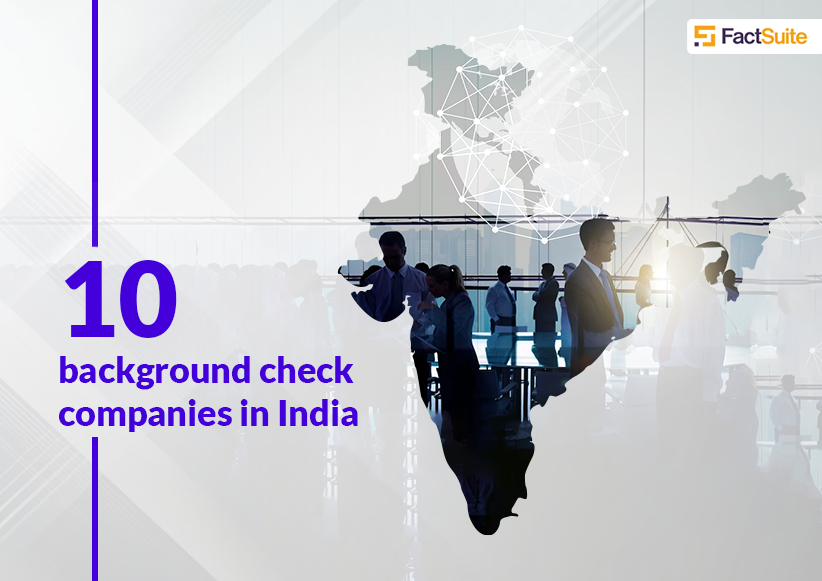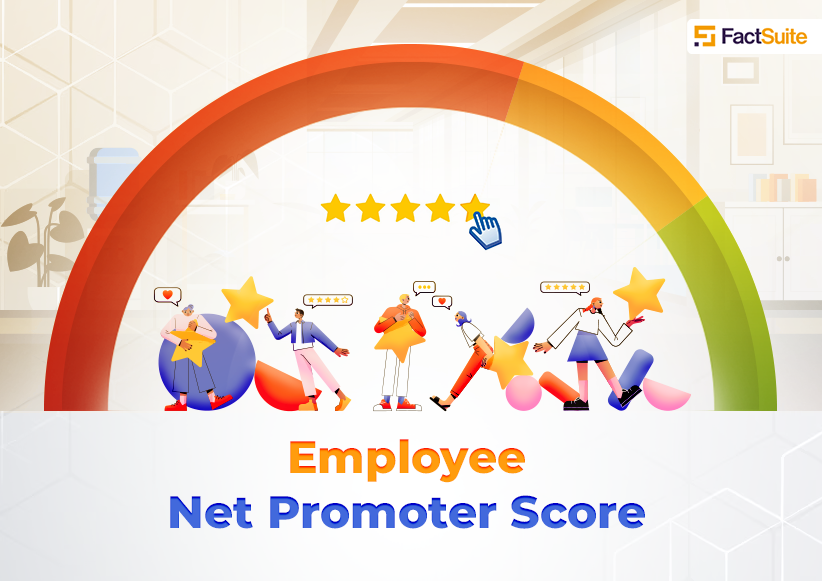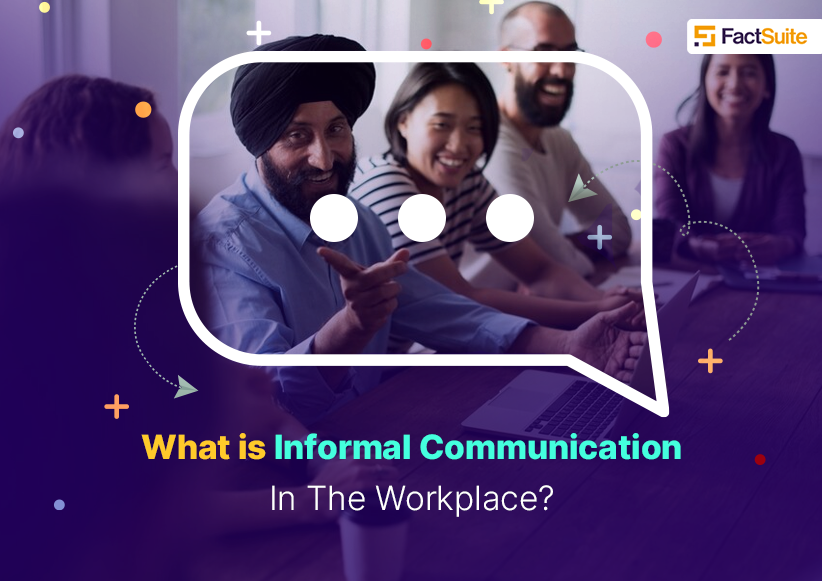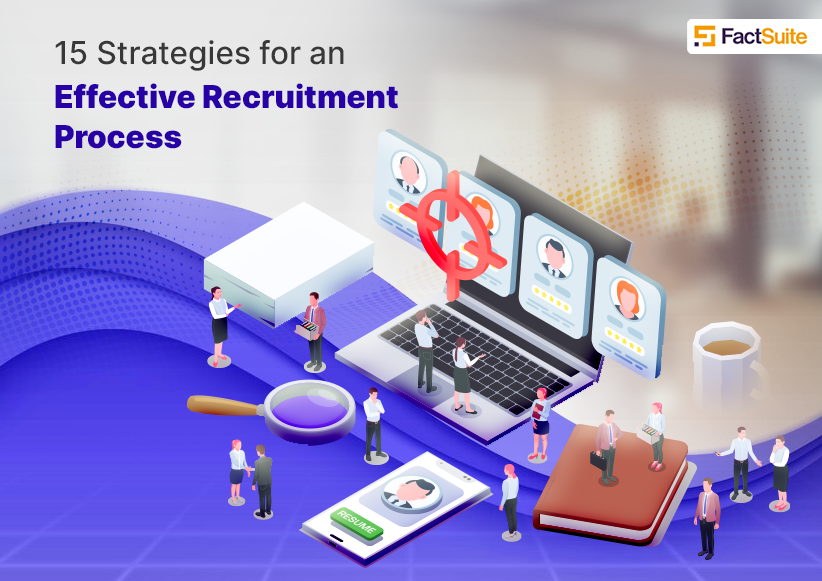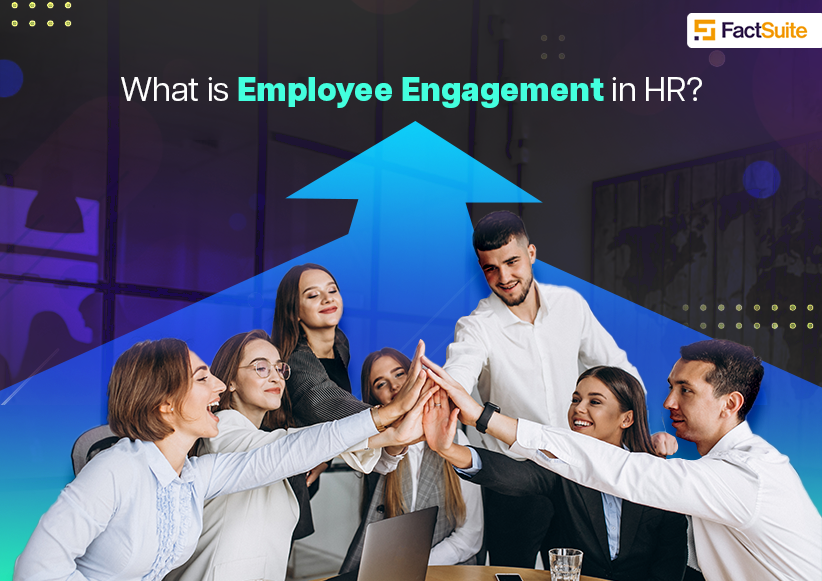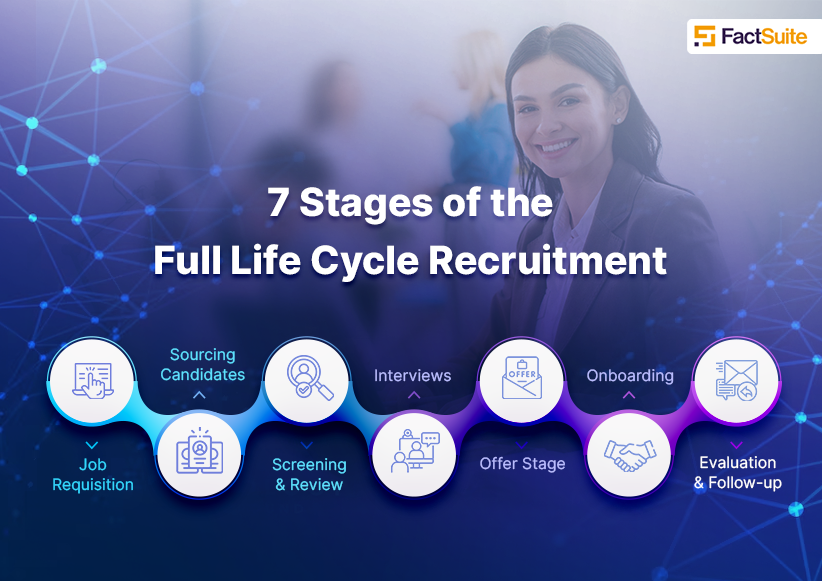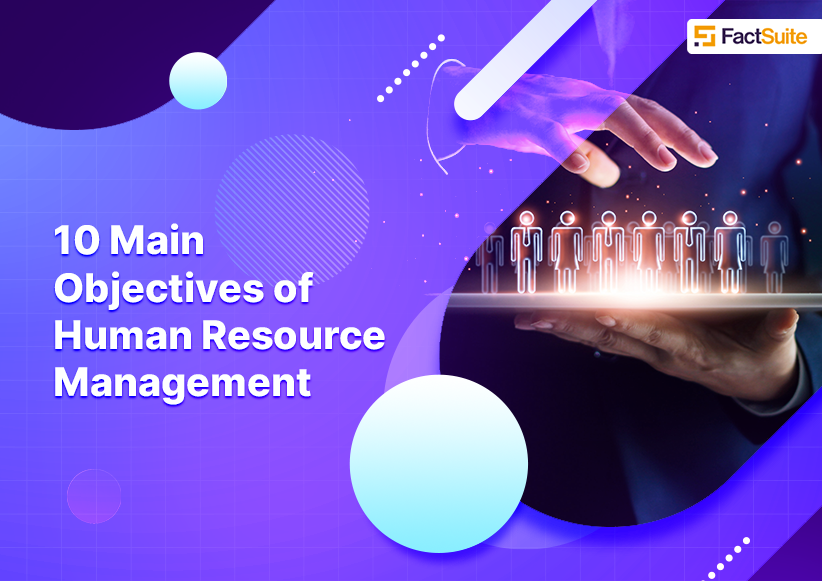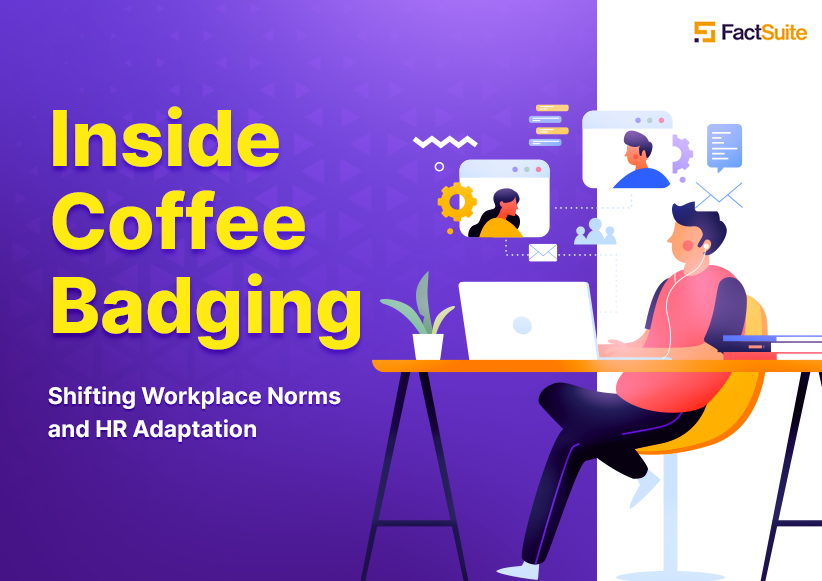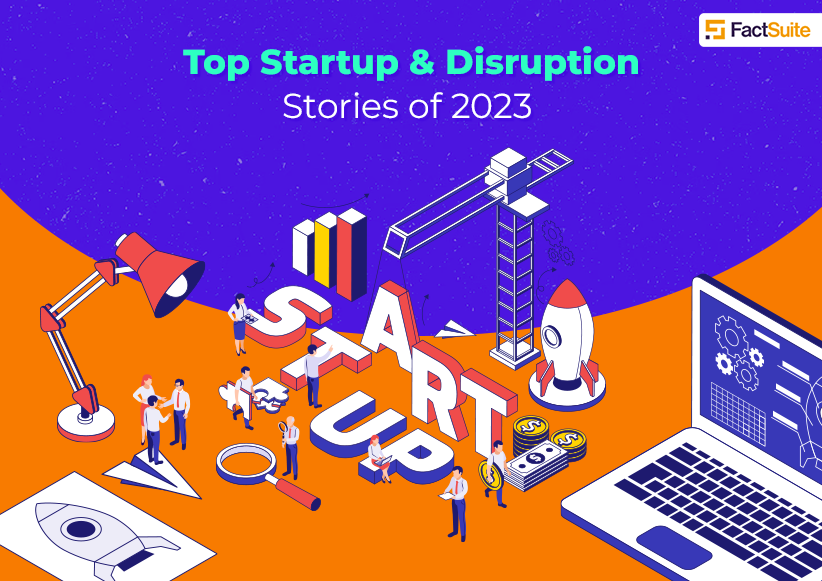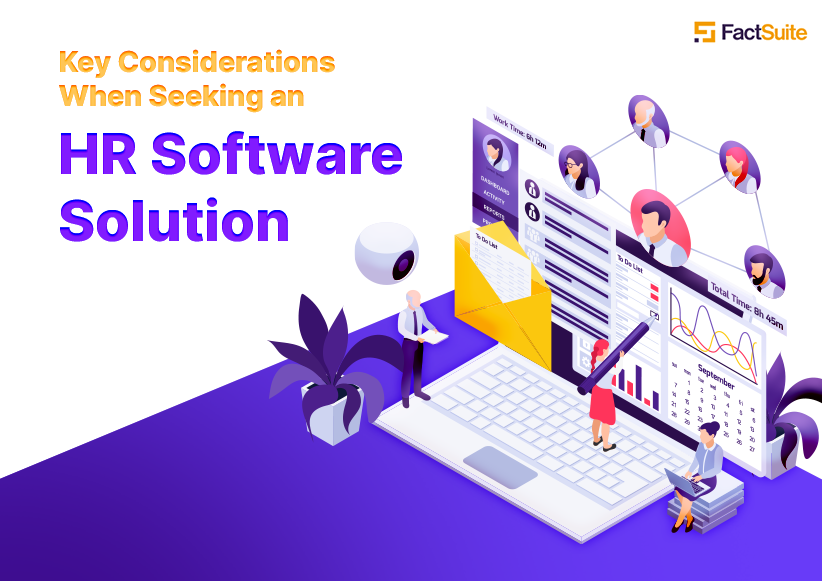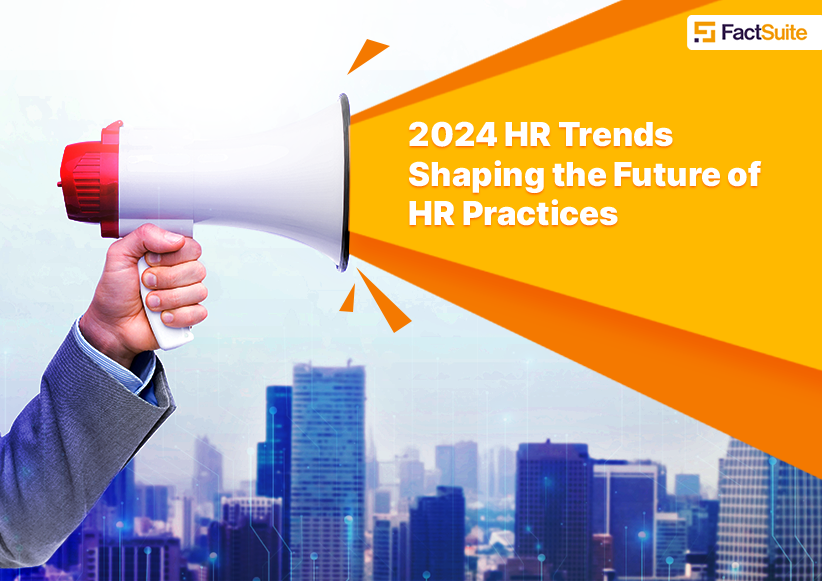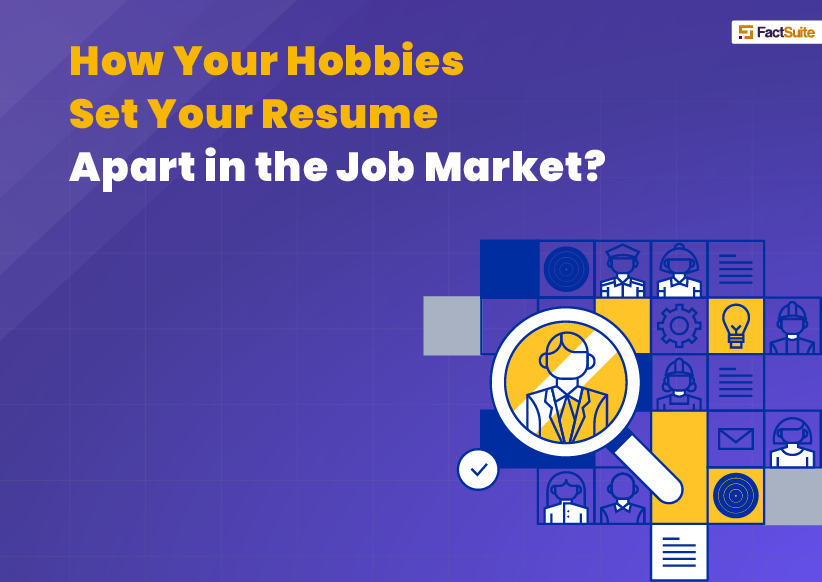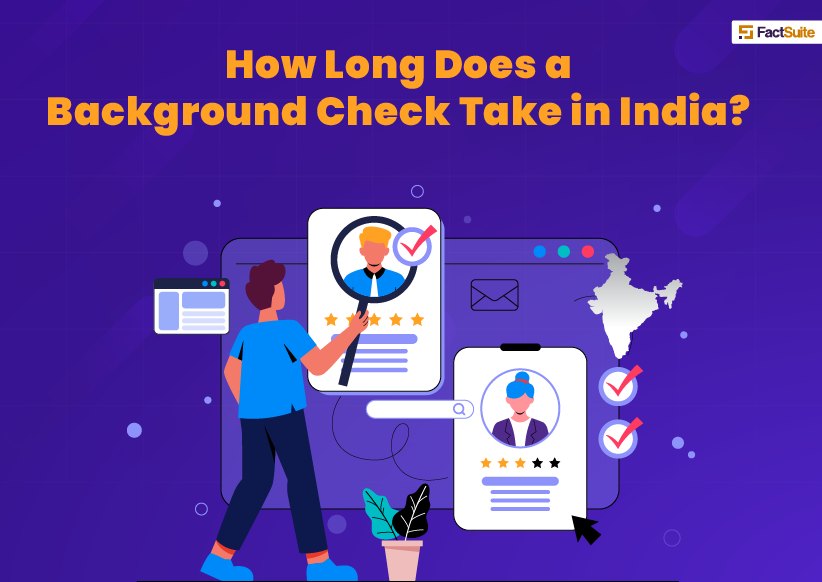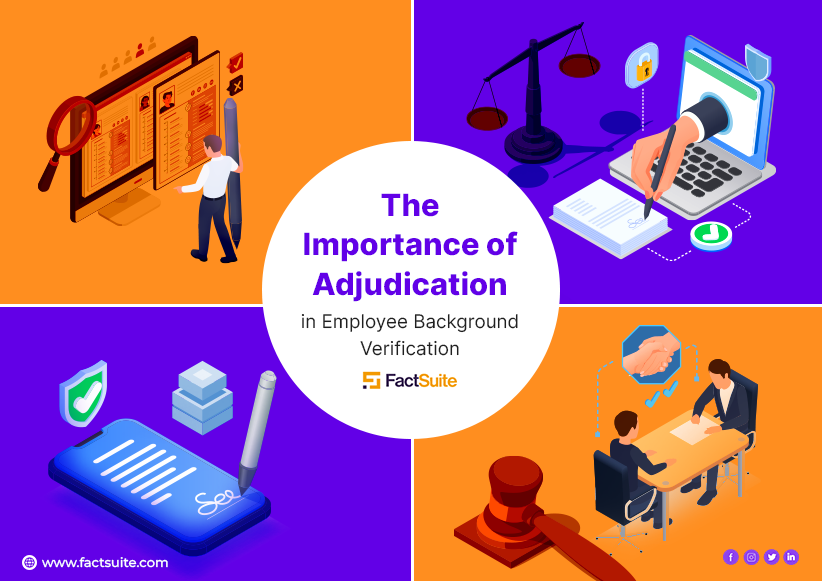What is a Contingent Worker?

When it comes to the modern workforce, the term "contingent worker" is gaining prominence. In this blog post, we'll delve into what exactly a contingent worker is, and explore the advantages and disadvantages of this arrangement, as well as the latest trends and how they compare to traditional employees.
Table of Contents
- Why Do Some Workers Choose to Be Contingent Workers?
- Flexibility in Work-Life Balance
- Specialized Skills and Autonomy
- Diverse Income Streams
- Exploration of Multiple Industries
- Entrepreneurial Spirit
- Reduced Commuting and Overhead Costs
- Contingent worker versus employee
- Job Security
- Benefits
- Taxation
- Work Arrangement
- Career Development
- Emerging trends in contingent work
- Inclusive Workforce
- Steady Growth
- Choice over Necessity
- Age Diversity
- Technology's Role
- Industry Adaptation
- How are contingent workers onboarded?
- Clear Communication
- Documentation and Contracts
- Training and Orientation
- Access and Tools
- Compliance and Legal Requirements
- Integration into Teams
- Offboarding Considerations
- What Are the Benefits of Hiring Contingent Workers?
- Flexibility
- Specialized Skills
- Cost Savings
- Reduced Long-Term Commitment
- Access to a Wider Talent Pool
- Agile Workforce Management
- Diverse Perspectives
- Shorter Hiring Timelines
- What are the disadvantages of contracting contingent workers?
- Lack of Job Security
- Income Variability
- Limited Career Progression
- Challenges in Building Team Cohesion
- Limited Knowledge Transfer
- Dependence on External Talent Sources
- Can Any Worker Be Classified as a Contingent Worker?
- FAQs about contingent workers
- Are contingent workers more expensive?
- Why are more companies today relying on contingent workers?
- Is an intern a contingent worker?
Why Do Some Workers Choose to Be Contingent Workers?
In an evolving job market, the traditional 9-to-5, long-term employment model is no longer the only option. In the question of contingent Worker vs employee, many workers are opting for the contingent worker lifestyle. Why? Let's delve into the reasons why some individuals actively choose to be contingent workers.
1. Flexibility in Work-Life Balance
One of the primary reasons individuals choose to be contingent workers is the unparalleled flexibility it offers. Contingent workers have the freedom to structure their work around their personal lives. Whether it's caring for family, pursuing a passion project, or simply enjoying more leisure time, the ability to control their schedules is a significant draw.
2. Specialized Skills and Autonomy
For those with specialized skills or unique talents, the contingent worker model is particularly appealing. It allows them to leverage their expertise in a way that traditional employment may not. Contingent workers often have the autonomy to select projects that align with their skills and interests.
3. Diverse Income Streams
Many contingent workers appreciate the opportunity to diversify their income streams. By taking on various projects for different clients or employers, they can mitigate financial risk. This approach can be especially beneficial during economic downturns or uncertain times.
4. Exploration of Multiple Industries
Contingent workers often have the chance to explore multiple industries and gain diverse experiences. This versatility can help them discover their true career passions, build a robust professional network, and expand their skill sets.
5. Entrepreneurial Spirit
Some contingent workers possess a strong entrepreneurial spirit. They enjoy the business aspect of managing their work, including negotiating contracts, setting rates, and building their brand. This level of control over their careers can be incredibly fulfilling.
6. Reduced Commuting and Overhead Costs
With the rise of remote work and digital collaboration tools, many contingent workers advantage from remote working setups, where they can complete their tasks from the comfort of their homes. This eliminates the need for long commutes and reduces overhead costs associated with office-based employment.
Contingent worker vs employee
The contingent worker vs employee represents two distinct work arrangements, each with its own set of advantages and disadvantages. Let's explore the key differences between these two categories of workers to help you make informed decisions regarding your career or workforce management.
-
Job Security:
Contingent Worker: Contingent Workers disadvantage from a lack of job security. Their employment is typically project-based or contractual, which means their tenure with an organization is limited to the duration of the project. This lack of long-term job security can be a concern for those seeking stability.
Employee: Employees enjoy greater job security, especially those on permanent contracts. They have a sense of stability and typically have defined roles and responsibilities within the organization. However, job security can vary depending on the industry and individual circumstances.
-
Benefits:
Contingent Worker: Contingent Workers disadvantage from missing out on the benefits that come with traditional employment, such as health insurance, retirement plans, and paid time off. They are responsible for managing their own benefits, which can be a financial burden.
Employee: Employees typically receive a comprehensive benefits package, including health insurance, retirement contributions, and paid time off. These benefits provide a safety net and contribute to a more stable financial future.
-
Taxation:
Contingent Worker: Contingent Workers advantage from the benefit of being self-employed or independent contractors in many cases. As a result, they are responsible for handling their own taxes, including quarterly tax payments and tracking business expenses.
Employee: Employees have taxes withheld directly from their paychecks, making the taxation process more straightforward. They may also benefit from tax deductions and credits associated with traditional employment.
-
Work Arrangement:
Contingent Worker: Contingent workers advantage from having flexible work arrangements. They can take on projects as they choose, allowing for a greater work-life balance. However, this flexibility may come at the cost of less predictable income.
Employee: Employees typically have set schedules and long-term contracts, providing stability in their work routines. They receive a regular paycheck and, in some cases, may have opportunities for advancement within the organization.
-
Career Development:
Contingent Worker: Contingent workers can gain diverse experiences by working for various clients or organizations. This diversity can be beneficial for skill development and networking. However, the lack of a clear career progression path within a single organization may be a Contingent Worker disadvantage that needs focus.
Employee: Employees often have access to structured career development paths within their organizations. They can benefit from training, mentoring, and opportunities for advancement.
Emerging trends in contingent work
The landscape of work is continually evolving, and contingent work, often referred to as gig work, is at the forefront of this transformation. Over the past decade, the prevalence of contingent work has seen steady growth, and the future promises even more changes in this employment model. What's particularly fascinating is that this Contingent Worker trend isn't exclusive to younger workers; it's embraced by a diverse range of individuals. Let's delve into the emerging Contingent Worker trends.
1. Inclusive Workforce:
A recent study by the ADP Research Institute highlighted a remarkable fact: one in every six workers in an organization is a contingent worker. This statistic underscores the significant and growing role that contingent workers play in today's workforce. They contribute their skills, expertise, and flexibility to a wide range of industries and sectors.
2. Steady Growth:
From 2010 to 2019, the share of contingent workers within organizations increased from 14.2% to 16.4%. This steady growth demonstrates the enduring appeal of contingent work arrangements. More and more organizations are recognizing the value that contingent workers bring to their projects and teams.
3. Choice over Necessity:
Contrary to the stereotype that contingent work is a result of a lack of full-time employment opportunities, the majority of contingent workers, specifically more than 70%, actively choose this path. They opt for the autonomy, flexibility, and variety that contingent work provides. This choice reflects a significant shift in how people perceive and engage with work in the modern era.
4. Age Diversity:
Contingent Worker trend isn't just for the younger generation. In fact, approximately 20% of contingent workers are over the age of 55. This age diversity challenges the conventional notion that contingent work is predominantly a domain of younger professionals. Older workers are increasingly exploring contingent work as a means of transitioning into retirement, pursuing second careers, or simply enjoying a more flexible work-life balance.
5. Technology's Role:
Advancements in technology have played a pivotal role in the growth of Contingent Worker trend. Digital platforms, freelance marketplaces, and remote work technologies have made it easier for both workers and organizations to engage in contingent work arrangements. This technological integration is expected to continue shaping the future of work.
6. Industry Adaptation:
Contingent work is no longer limited to specific sectors. It has permeated various industries, from IT and creative fields to healthcare and manufacturing. Organizations across the board are recognizing the benefits of contingent workers in meeting their evolving needs, and this diversification of industries is a trend that's likely to persist.
How are contingent workers onboarded?
Onboarding is a crucial process for any worker, whether they're full-time employees or contingent workers. However, onboarding contingent workers involves unique considerations to ensure a smooth integration into the organization. In this section, we'll explore how organizations typically onboard contingent workers.
1. Clear Communication:
Effective communication is key to the onboarding process. The organization and the contingent worker should establish clear expectations, roles, and responsibilities from the outset. This may include the scope of work, project timelines, and any specific requirements.
2. Documentation and Contracts:
Contingent workers often need to sign contracts or agreements outlining the terms of their engagement. These documents may include confidentiality agreements, non-compete clauses, and project-specific details.
3. Training and Orientation:
While contingent workers are often hired for their specialized skills, they may still require training or orientation on the organization's culture, values, and any specific tools or systems they'll be using. This can help them integrate better into the workplace.
4. Access and Tools:
Organizations should ensure that contingent workers have the necessary access to tools, systems, and resources to perform their tasks effectively. This may involve providing login credentials, access to project management tools, and any equipment required for the job.
5. Compliance and Legal Requirements:
Contingent workers must be informed about and adhere to relevant legal requirements and compliance standards. This is especially important in industries with strict regulations.
6. Integration into Teams:
Contingent workers should be introduced to their project team and colleagues to foster a sense of belonging. This can be done virtually or in-person, depending on the nature of the work and the organization's policies.
7. Offboarding Considerations:
While onboarding is essential, organizations should also plan for offboarding. Contingent workers need clear instructions on how to wrap up their work, return any equipment, and address data security concerns when the engagement concludes.
Successful onboarding of contingent workers contributes to their productivity and ensures a positive experience within the organization, benefiting both the worker and the employer.
What Are the Benefits of Hiring Contingent Workers?
Hiring contingent workers offers several advantages for organizations looking to maintain flexibility, adapt to changing work demands, and leverage specialized skills. Here are some of the key benefits of hiring contingent workers:
1. Flexibility:
Contingent workers provide flexibility in staffing. Organizations can adjust their workforce to meet fluctuating workloads and project-specific requirements without the long-term commitments associated with traditional employees.
2. Specialized Skills:
Contingent workers often bring specialized skills and expertise to the table. They are hired for their ability to fill specific roles or complete projects, which can be a valuable asset to organizations seeking to meet particular needs.
3. Cost Savings:
Hiring contingent workers can be more cost-effective than hiring full-time employees. Organizations can save on expenses such as benefits, paid time off, and overhead costs, making contingent work arrangements financially attractive.
4. Reduced Long-Term Commitment:
Contingent workers are typically engaged for specific projects or durations, reducing the long-term obligations that come with permanent employees. This is particularly advantageous when dealing with short-term or seasonal work.
5. Access to a Wider Talent Pool:
By engaging contingent workers, organizations gain access to a broader talent pool. They can select individuals with the precise skills and experience required for each project, expanding their options.
6. Agile Workforce Management:
Contingent workers allow organizations to quickly adapt to market changes and seize new opportunities. They can easily scale their workforce up or down as needed, aligning with the organization's strategic goals.
7. Diverse Perspectives:
Contingent workers often bring fresh perspectives and innovative ideas to an organization. Their varied experiences and backgrounds can stimulate creativity and problem-solving within the team.
8. Shorter Hiring Timelines:
The hiring process for contingent workers is typically faster and less complex than hiring permanent employees. This agility is especially valuable for organizations with immediate needs.
What are the disadvantages of contracting contingent workers?
While contingent workers offer many advantages, it's important to recognize that there are also some disadvantages associated with hiring individuals on a contingent basis. These drawbacks should be carefully considered when making workforce decisions. Here, we'll explore the disadvantages of contracting contingent workers.
1. Lack of Job Security:
One of the most significant disadvantages for contingent workers is the lack of job security. Unlike permanent employees, who enjoy a level of stability, contingent workers typically face uncertainty about their future employment. Their contracts may be temporary, project-based, or subject to renewal, which can create financial and emotional instability.
2. Income Variability:
Contingent workers often experience irregular income streams. Their earnings can fluctuate significantly, making it challenging to budget and plan for the future. Income variability can lead to financial stress and insecurity.
3. Limited Career Progression:
Contingent workers may find it difficult to advance their careers within a single organization. They often lack the long-term commitment and opportunities for promotion that permanent employees enjoy.
4. Challenges in Building Team Cohesion:
Contingent workers, by nature of their temporary status, may face challenges in building strong working relationships and team cohesion. They might not have the same level of attachment to the organization or colleagues as permanent employees.
5. Limited Knowledge Transfer:
The temporary nature of contingent work may limit the transfer of knowledge and expertise within the organization. This can lead to the loss of valuable institutional knowledge when contingent workers move on to other opportunities.
6. Dependence on External Talent Sources:
Relying on contingent workers can mean an organization is highly dependent on external talent sources, such as staffing agencies or freelancers. This dependence can carry risks if the external talent pool does not meet expectations or experiences a shortage.
Can Any Worker Be Classified as a Contingent Worker?
Not every worker can be classified as a contingent worker. Contingent workers typically engage in temporary or project-based work, have distinct employment arrangements with autonomy and independence, lack employee benefits, often have a specific tax status, and focus on goal-oriented, task-specific projects. Understanding these criteria is crucial to correctly classify workers as contingent or traditional employees.
Frequently asked questions about contingent workers
-
Are contingent workers more expensive?
Contingent workers can be more cost-effective for organizations in certain situations. While they may command higher hourly rates than permanent employees, organizations typically save on employee benefits, long-term commitments, and overhead costs. The cost-effectiveness of contingent workers depends on the specific needs and work arrangement of the organization.
-
Why are more companies today relying on contingent workers?
Several factors contribute to the increasing reliance on contingent workers. These include the need for flexibility in staffing, access to specialized skills, cost-saving measures, and the growing popularity of project-based work. The gig economy and advancements in technology have also made it easier for organizations to engage contingent workers to meet their evolving demands.
-
Is an intern a contingent worker?
Interns are typically not classified as contingent workers. They are often considered temporary employees or trainees, depending on the legal and organizational context. Contingent workers are usually engaged for specific tasks or projects, whereas internships are structured for learning and skill development. However, the classification of interns may vary by country, state, and organization, so it's essential to be aware of the specific regulations and definitions in your area.

